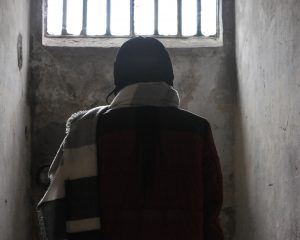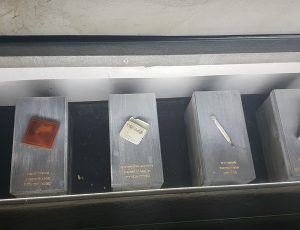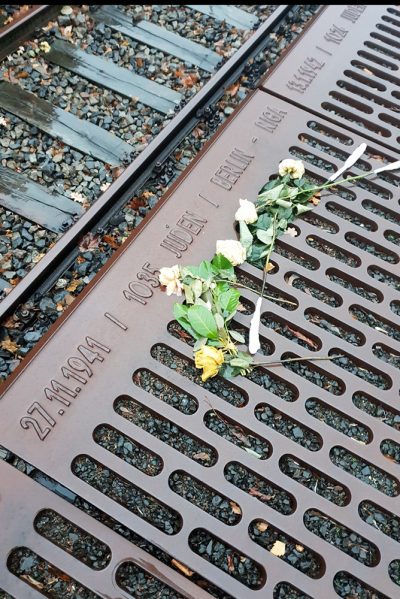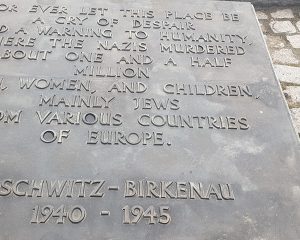Confronting our Past through a Distant Mirror:
Reflections on the Holocaust as a tool for teaching about Memory and Justice in South Africa
Contested Grounds
Nicole Jones
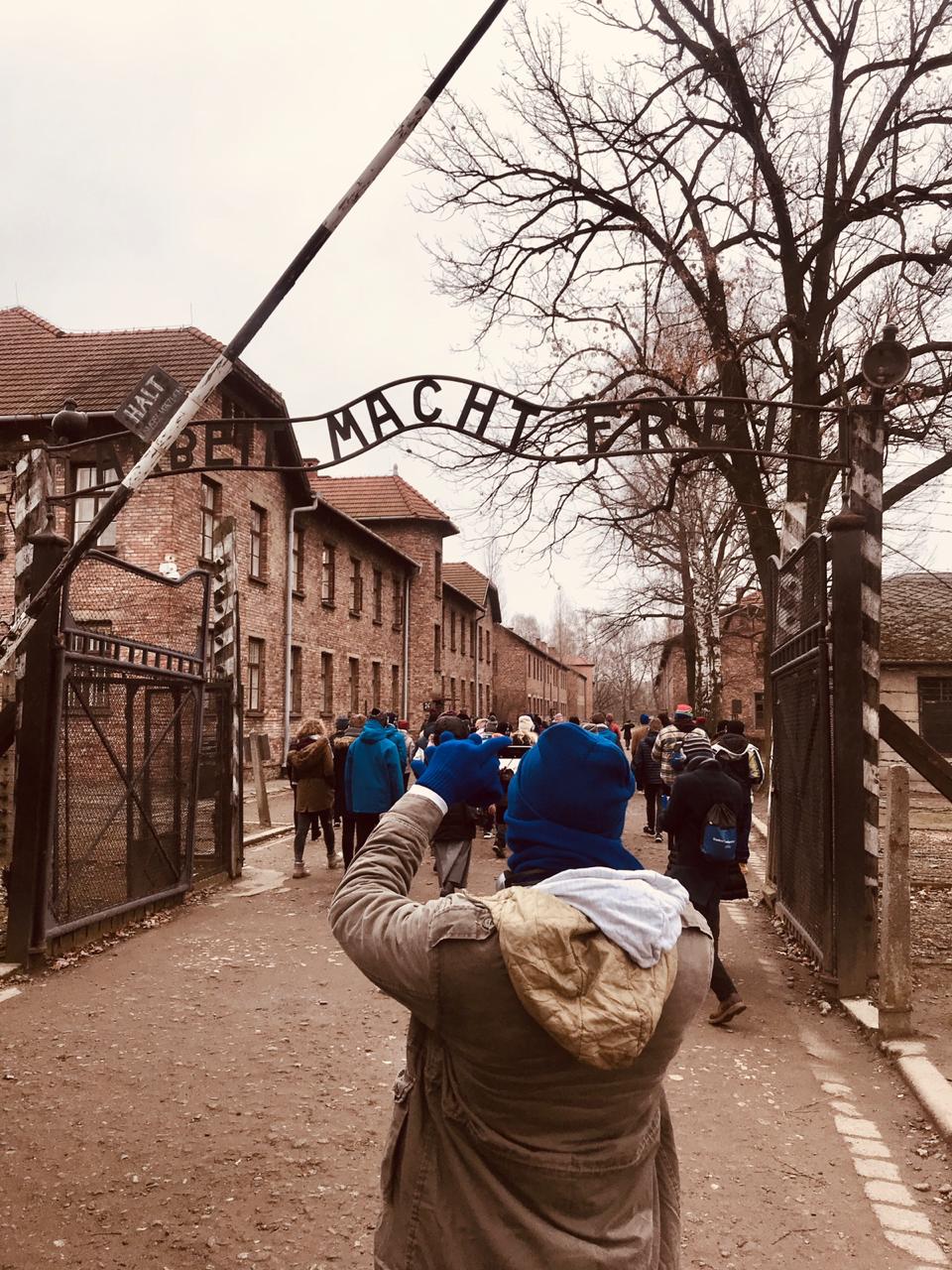
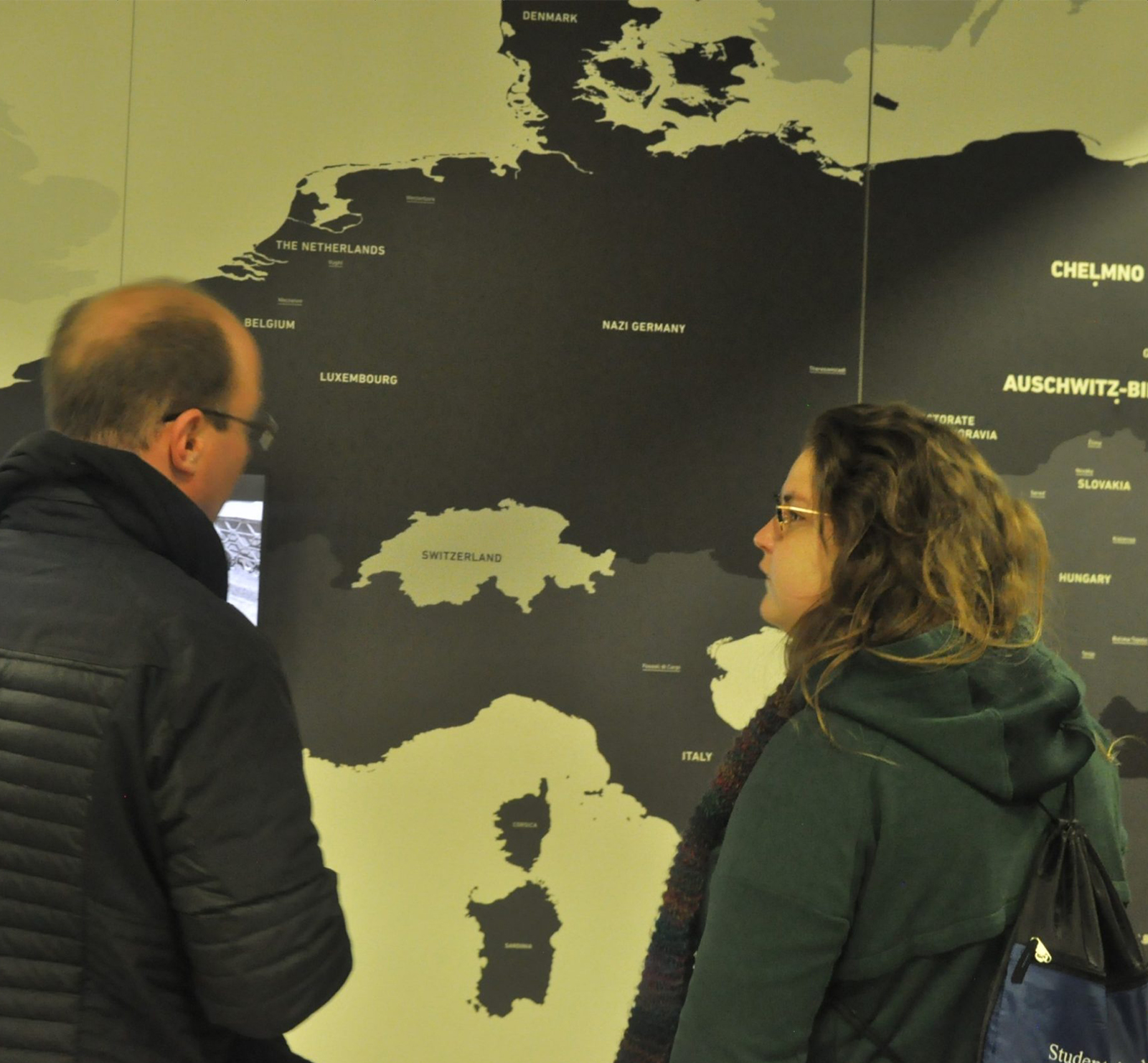
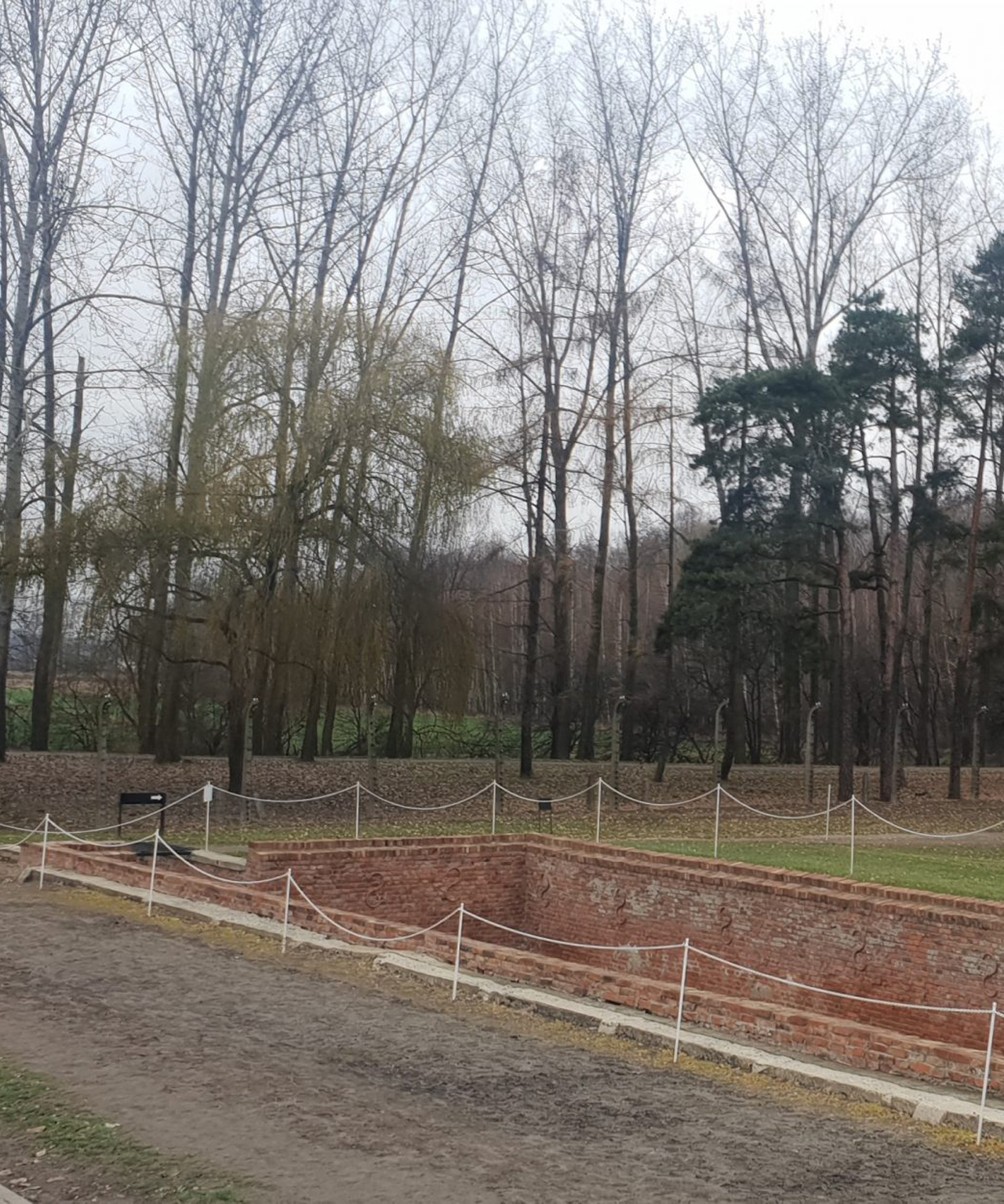
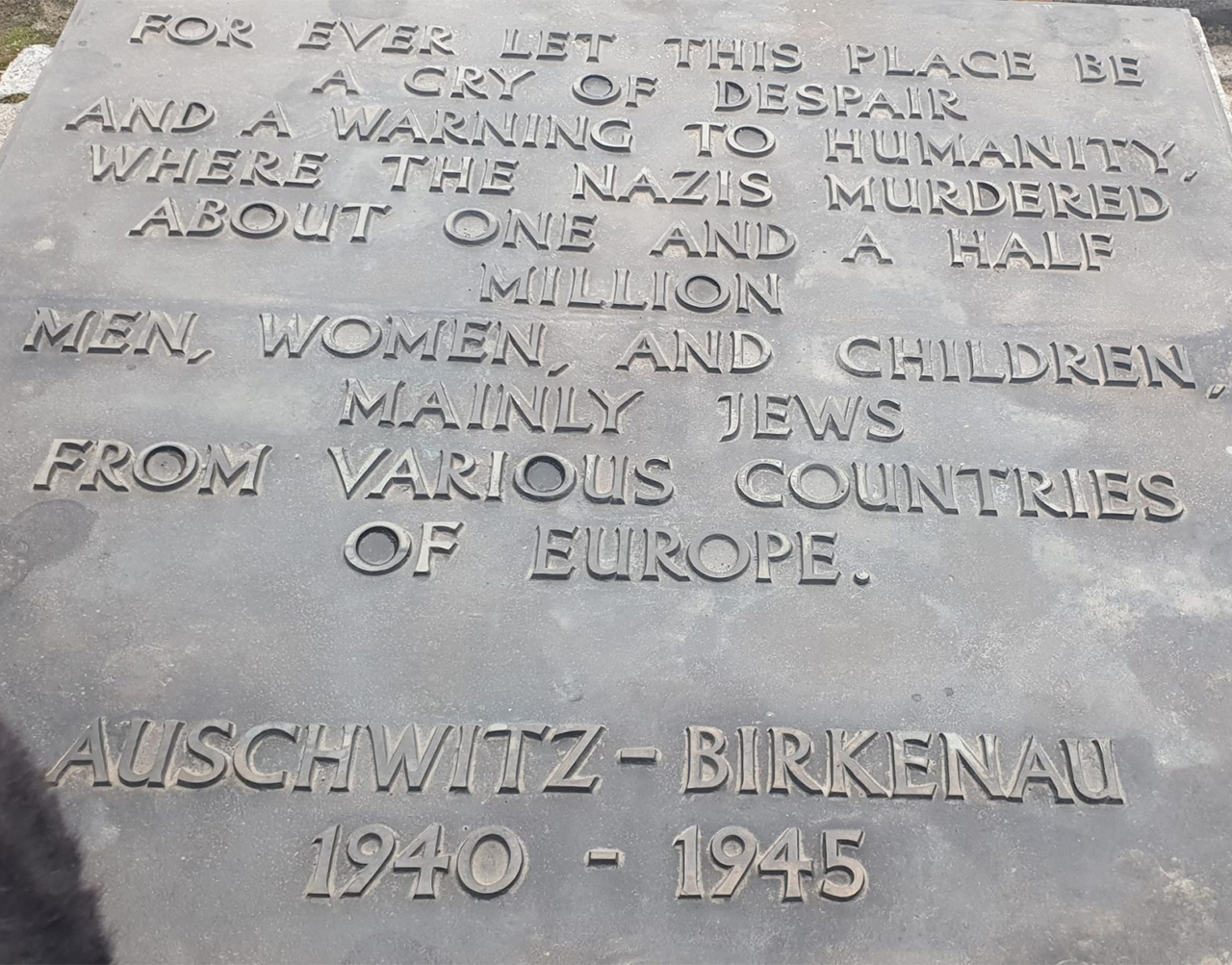
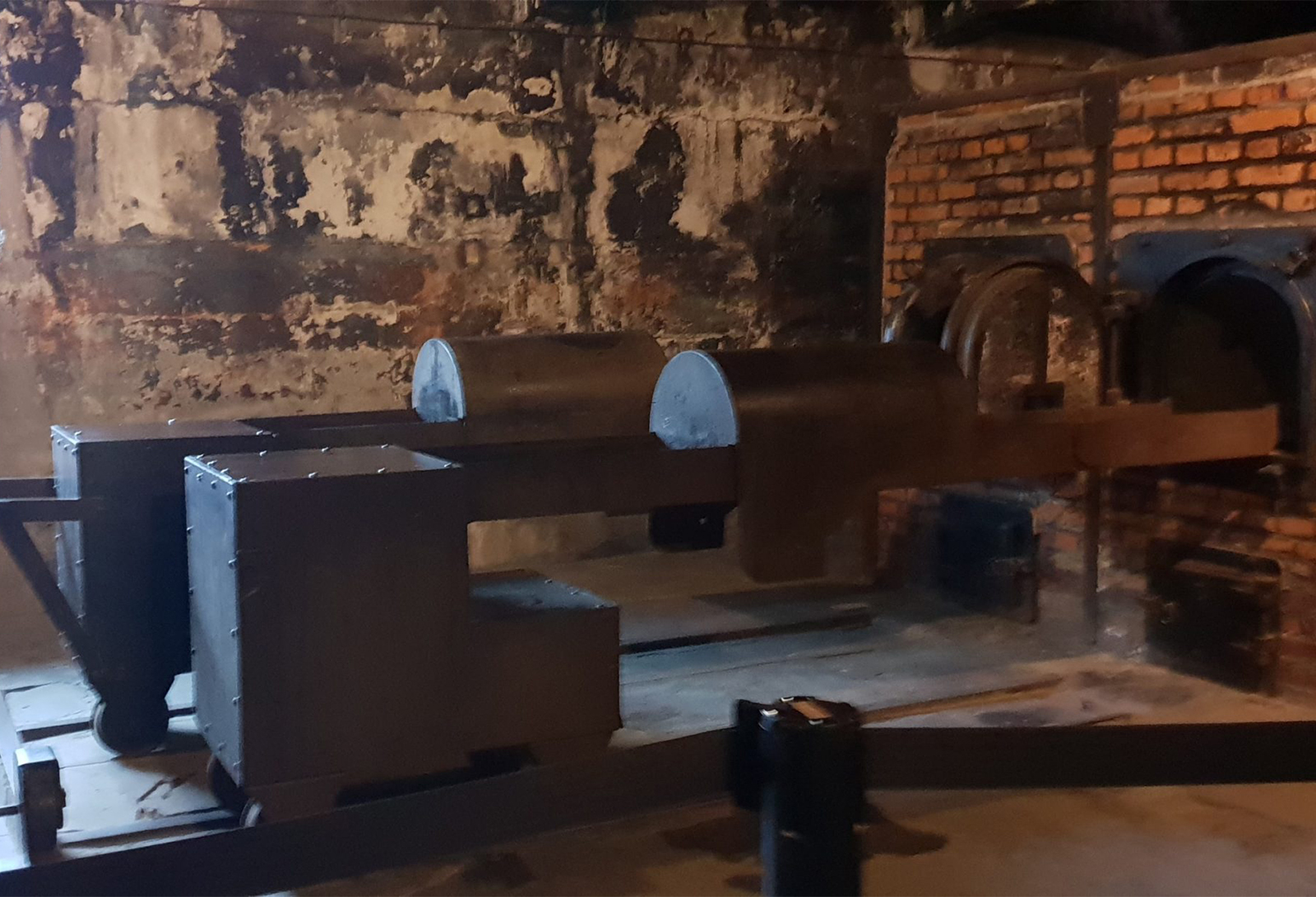
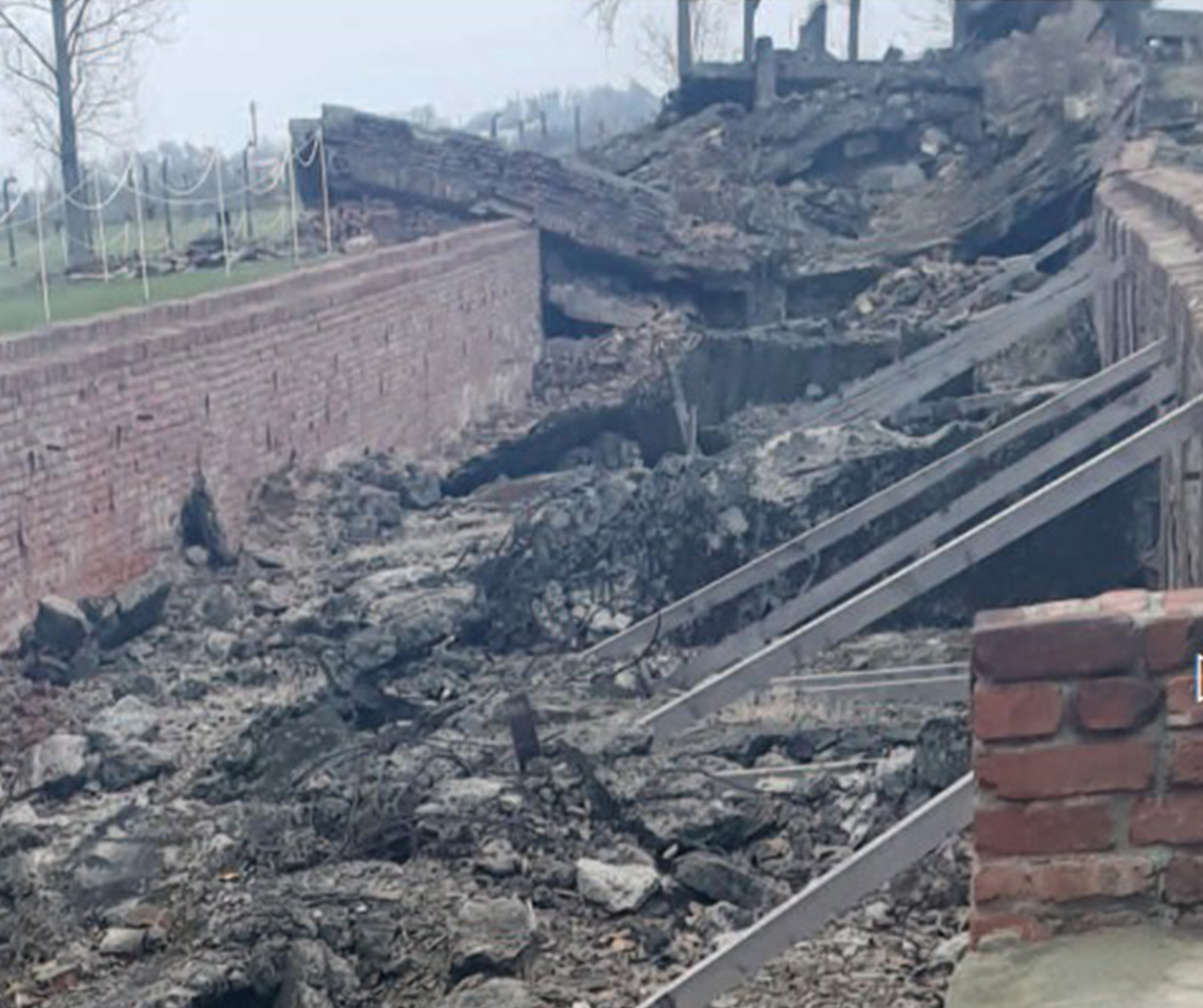
Photo: Mame-Diara Mbaye
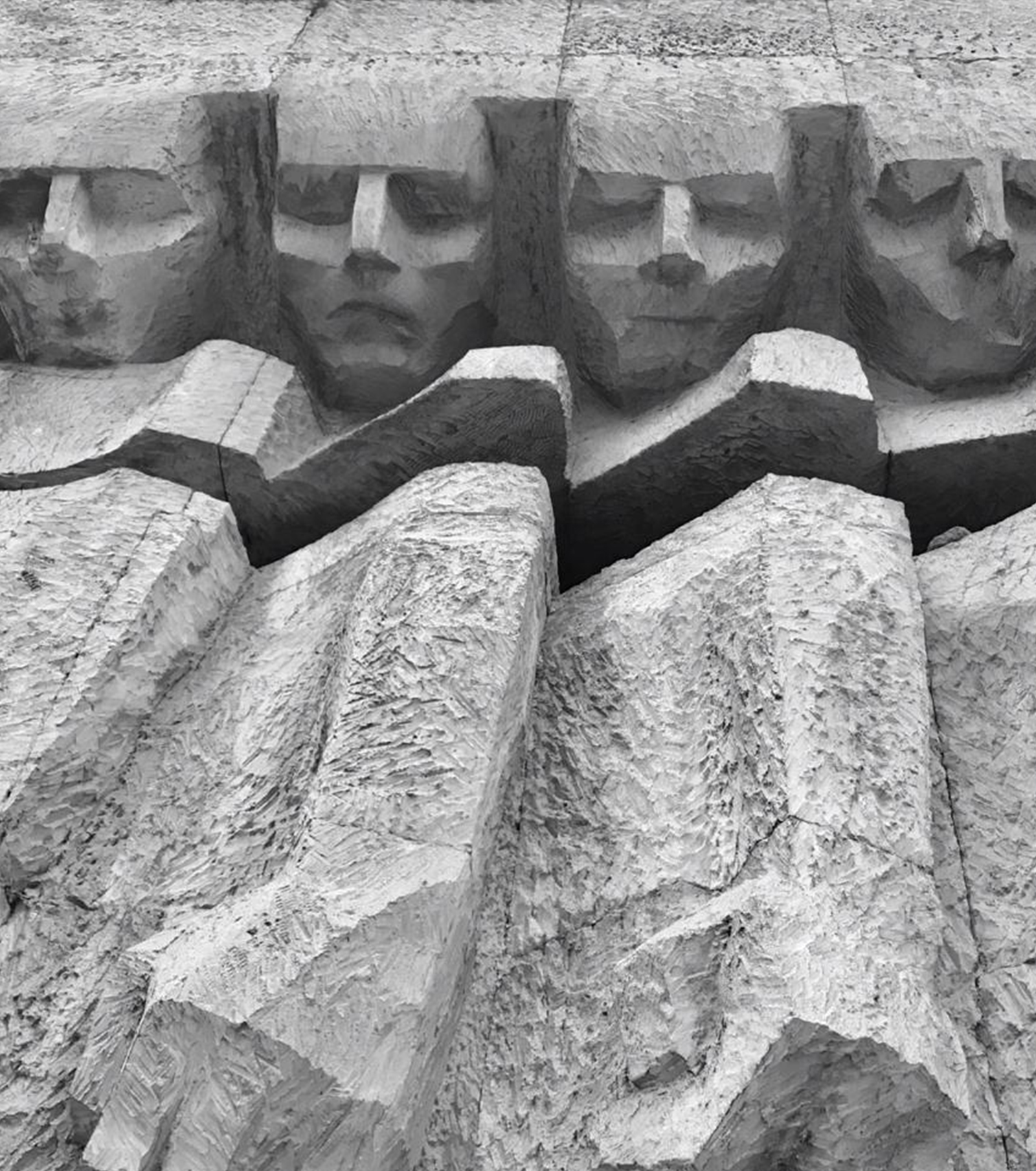
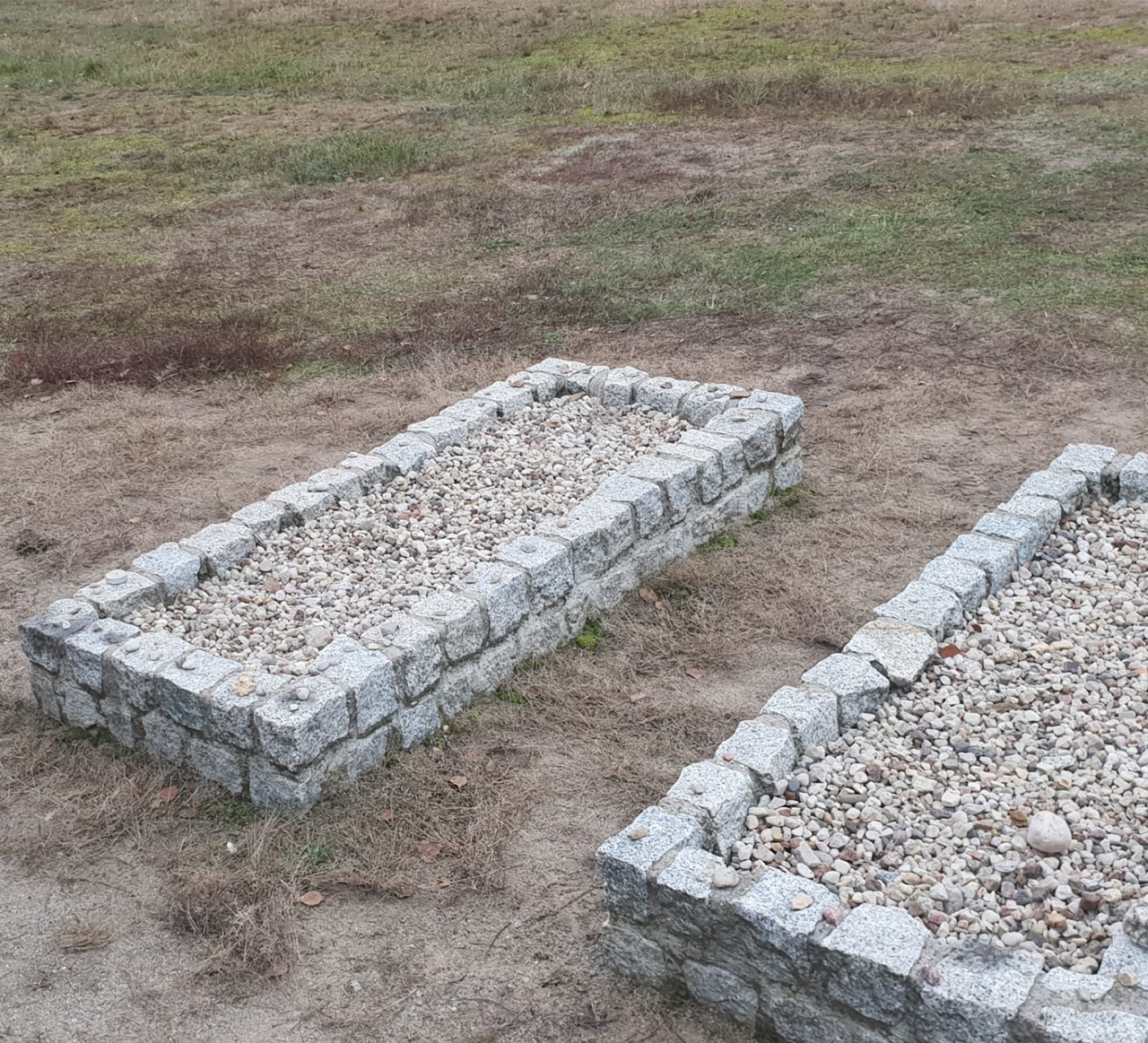
Photo: Langa Twala
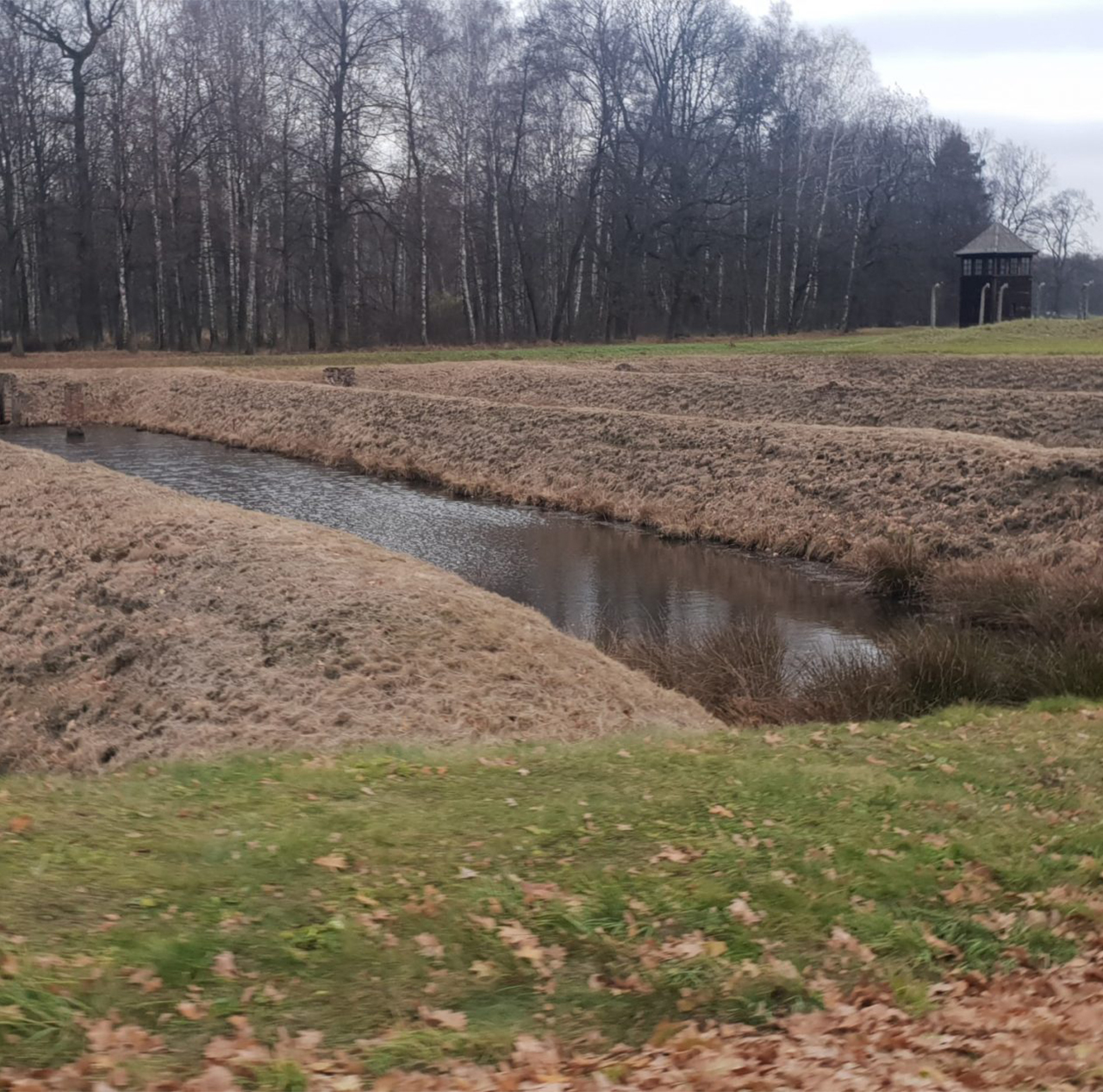
Photo: Muziwakithi Maseko
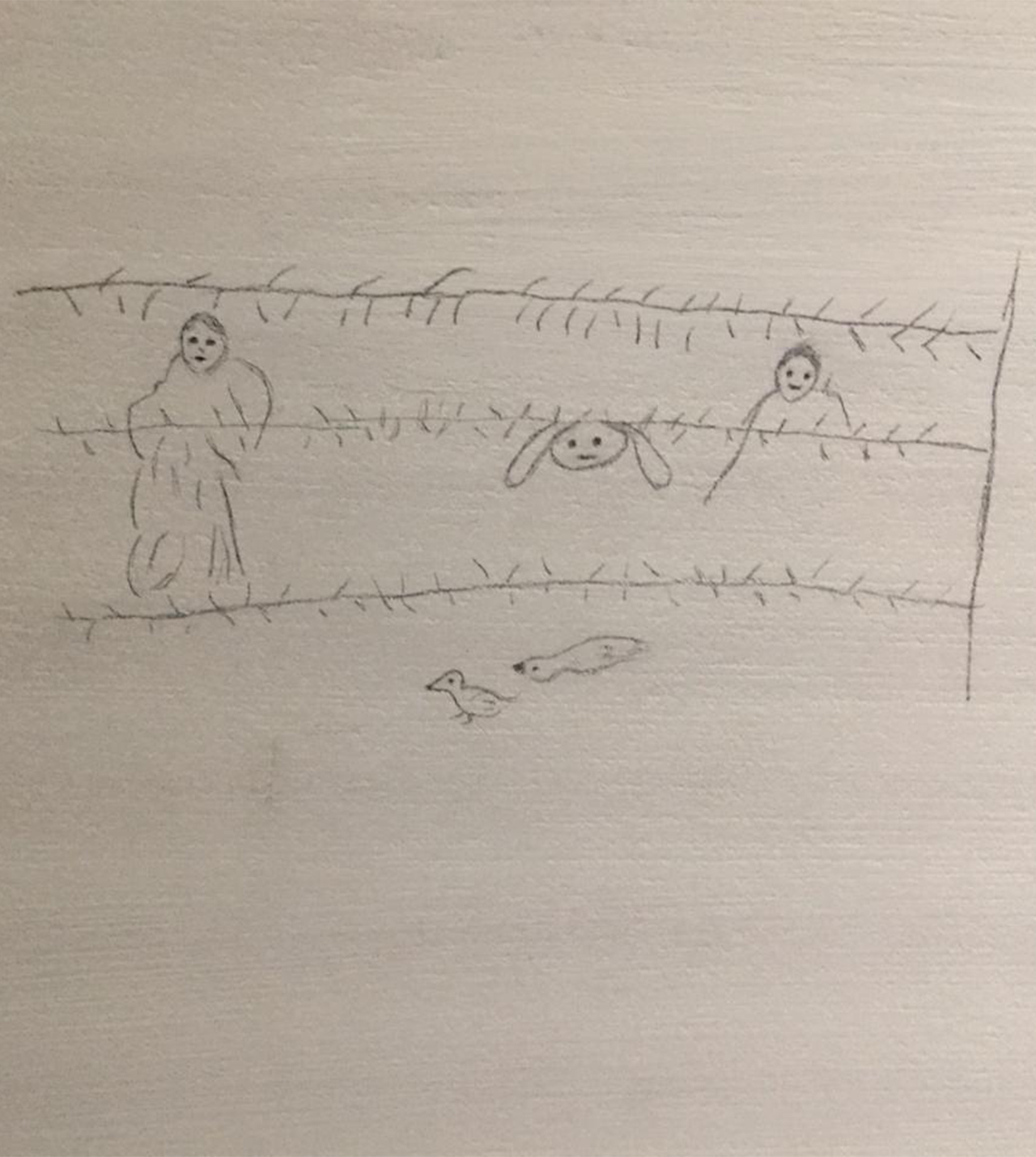
Photo: Muziwakithi Maseko
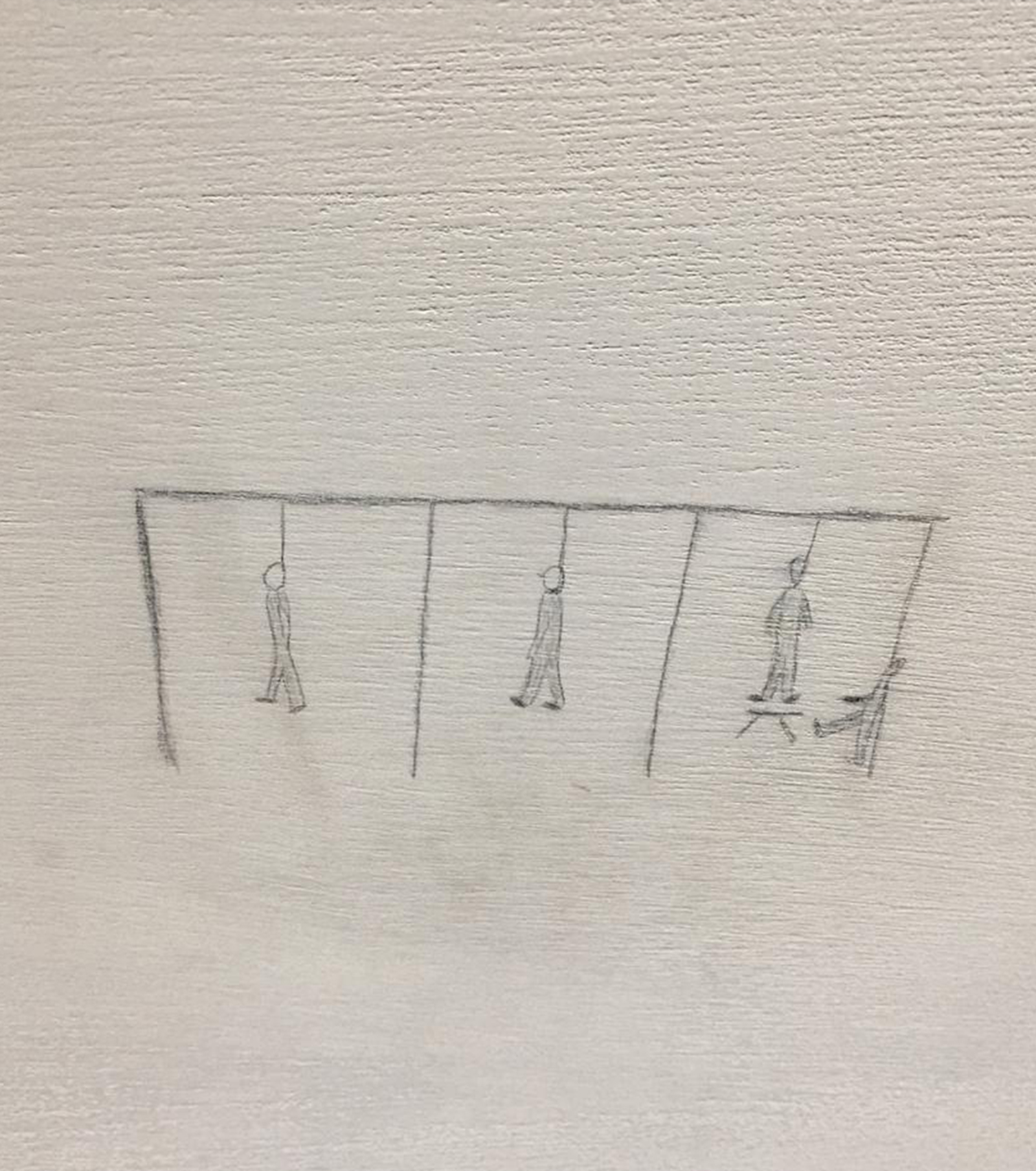
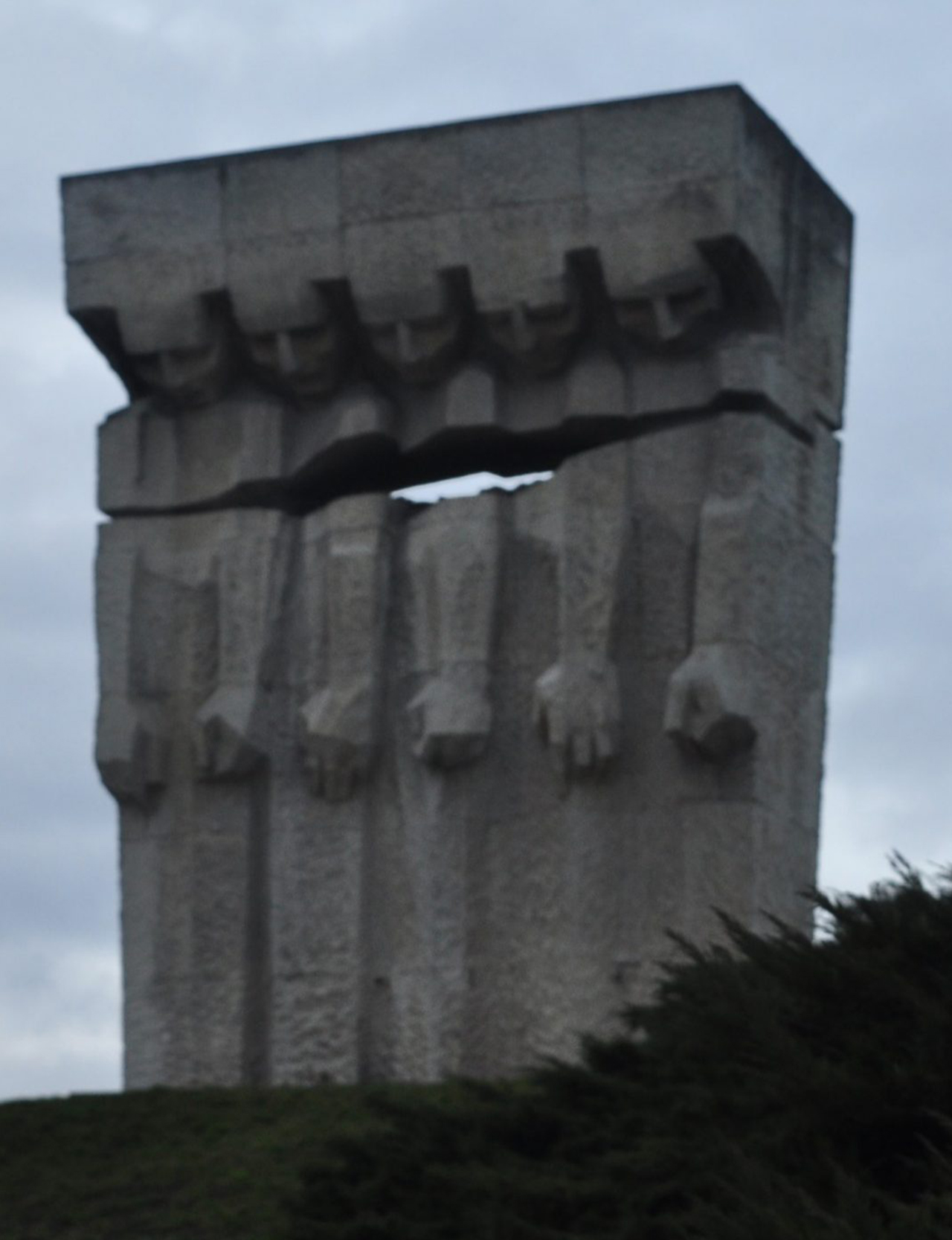
“I found our visit to the Plaszow memorial incredibly stirring – despite the lack of photo-ready structures and camp artefacts. The limestone memorial erected by survivors – the very stone quarried by inmates – meant more to me than the curated camp complexes. The juxtaposition of this with the Soviet-era memorial was my first encounter of the Soviet post-WWII message – which felt cold and empty. It led me to wonder how do modern Poles remember the Shoah, is it the remnants of the Soviet message to blame the Nazis alone, are they separate victims of the Germans with no accountability, or do they believe in a holistic view of being both victims and perpetrators?”

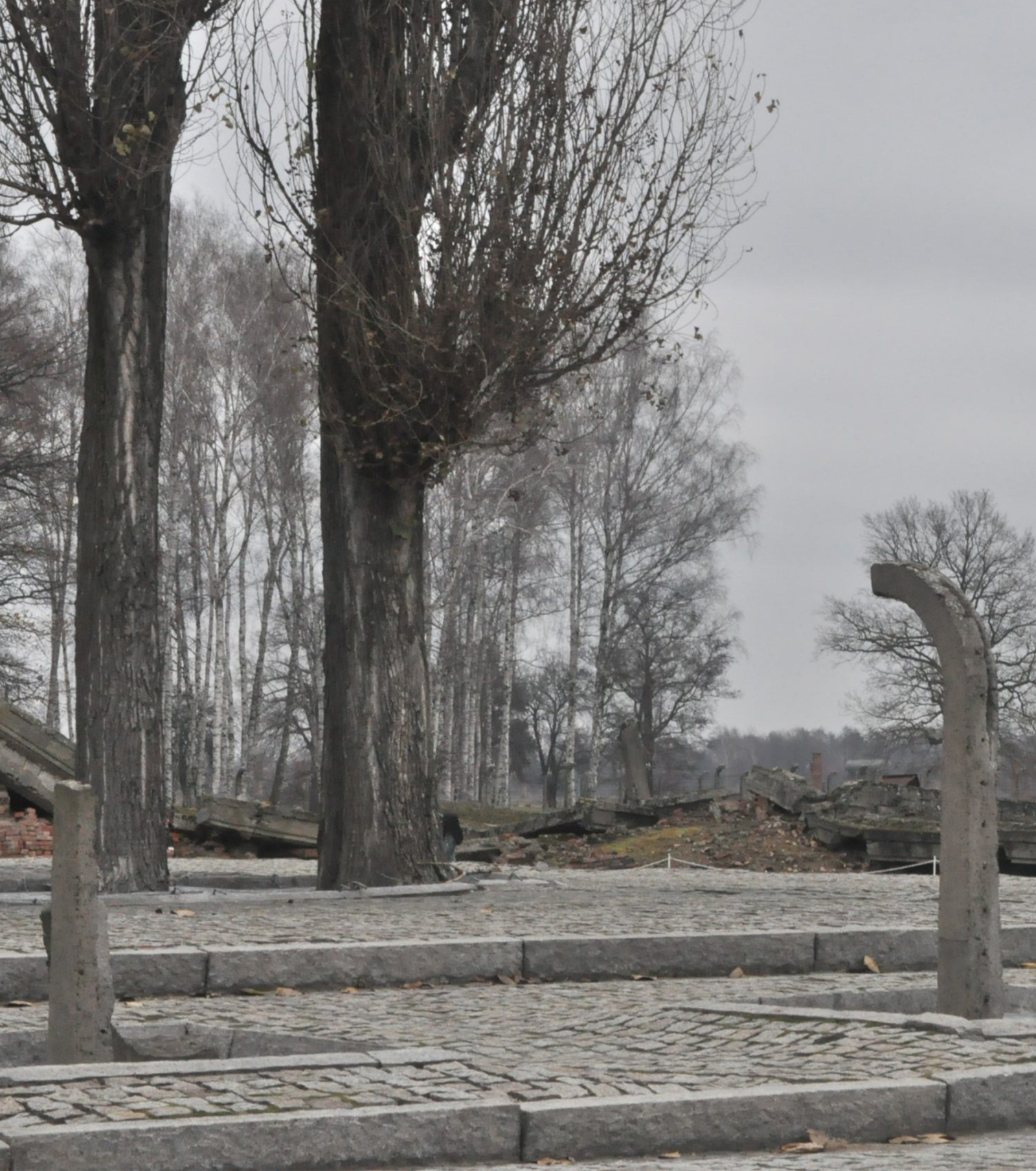
Photo: Langa Twala
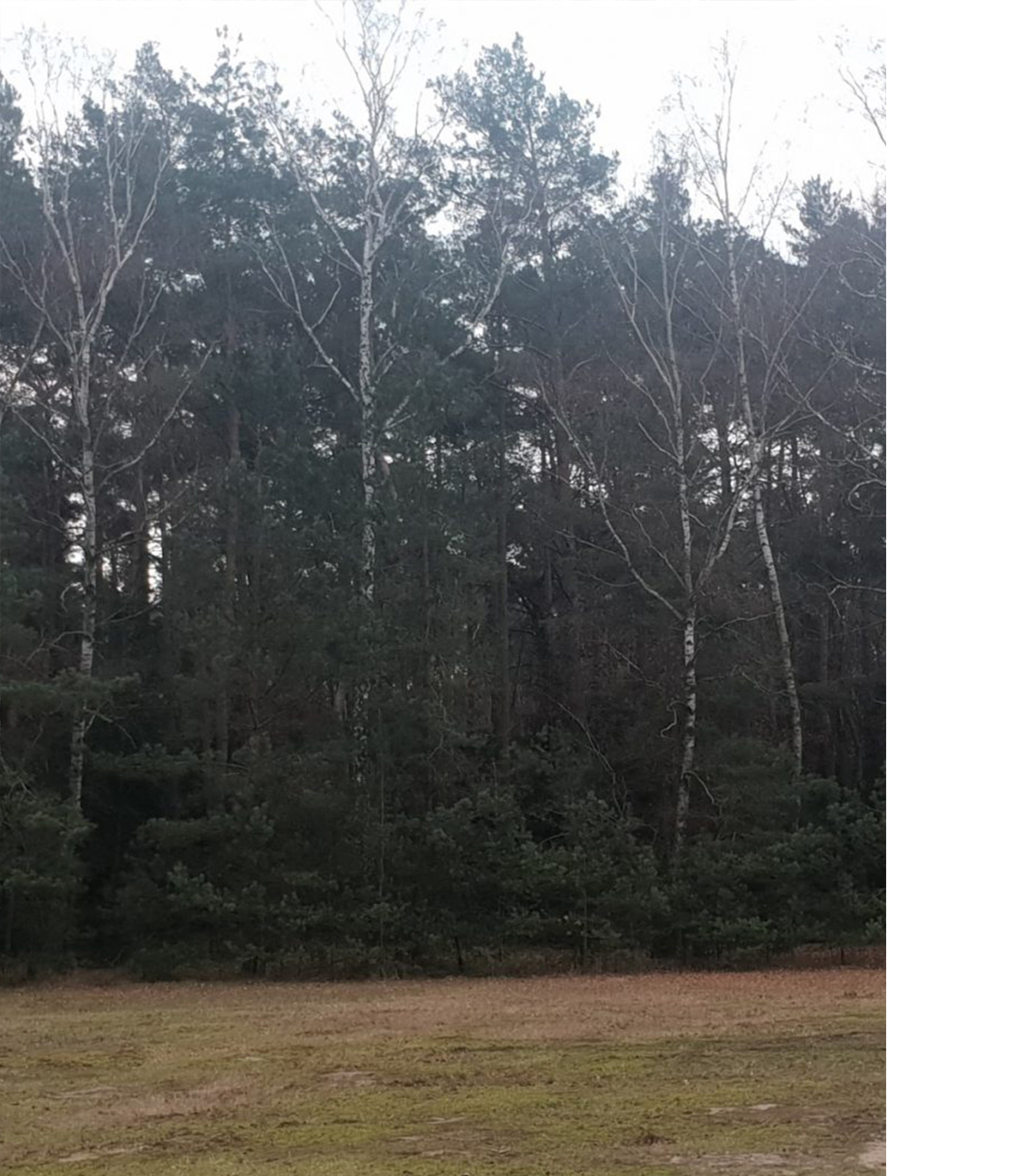
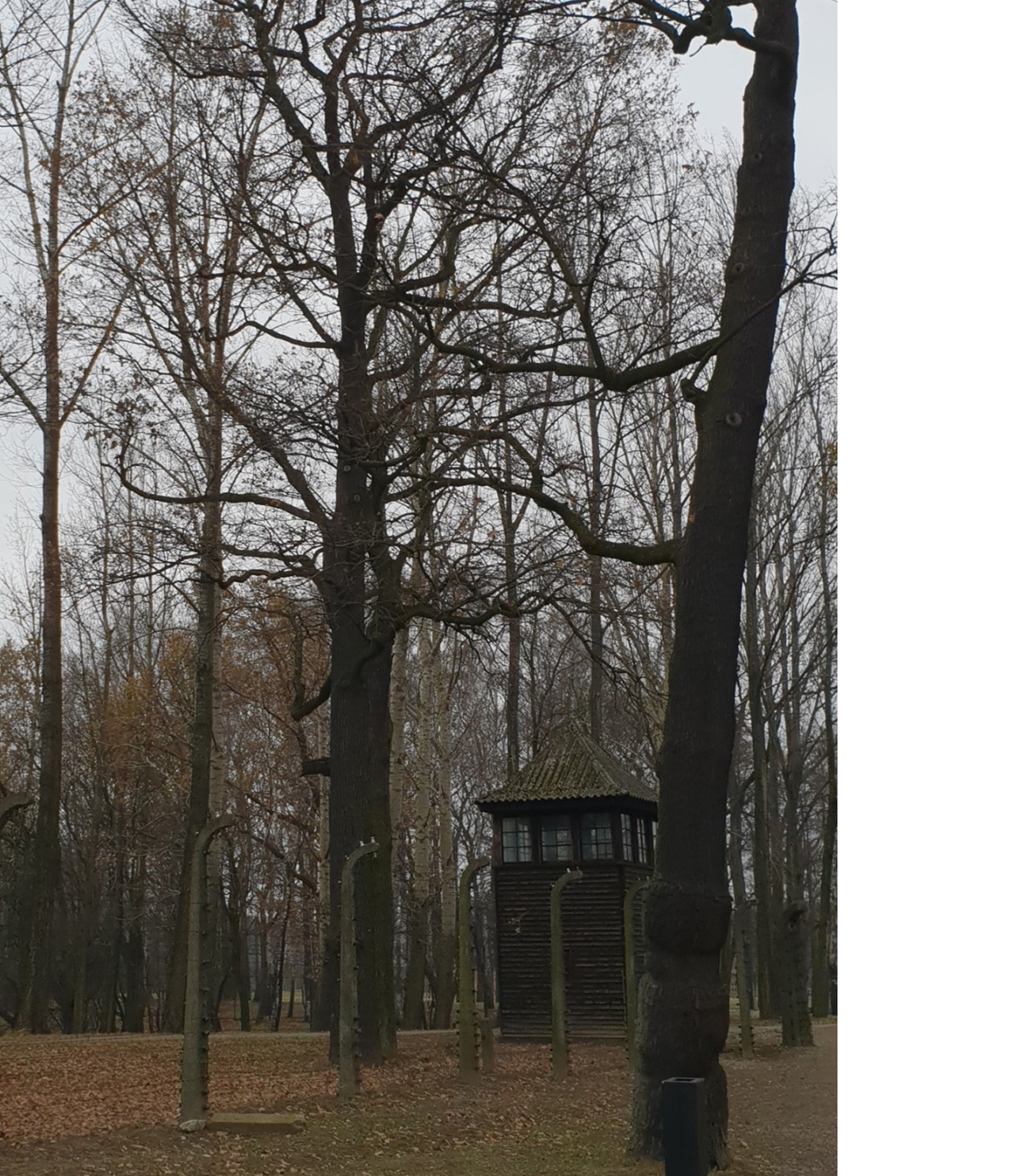
Photo: Langa Twala
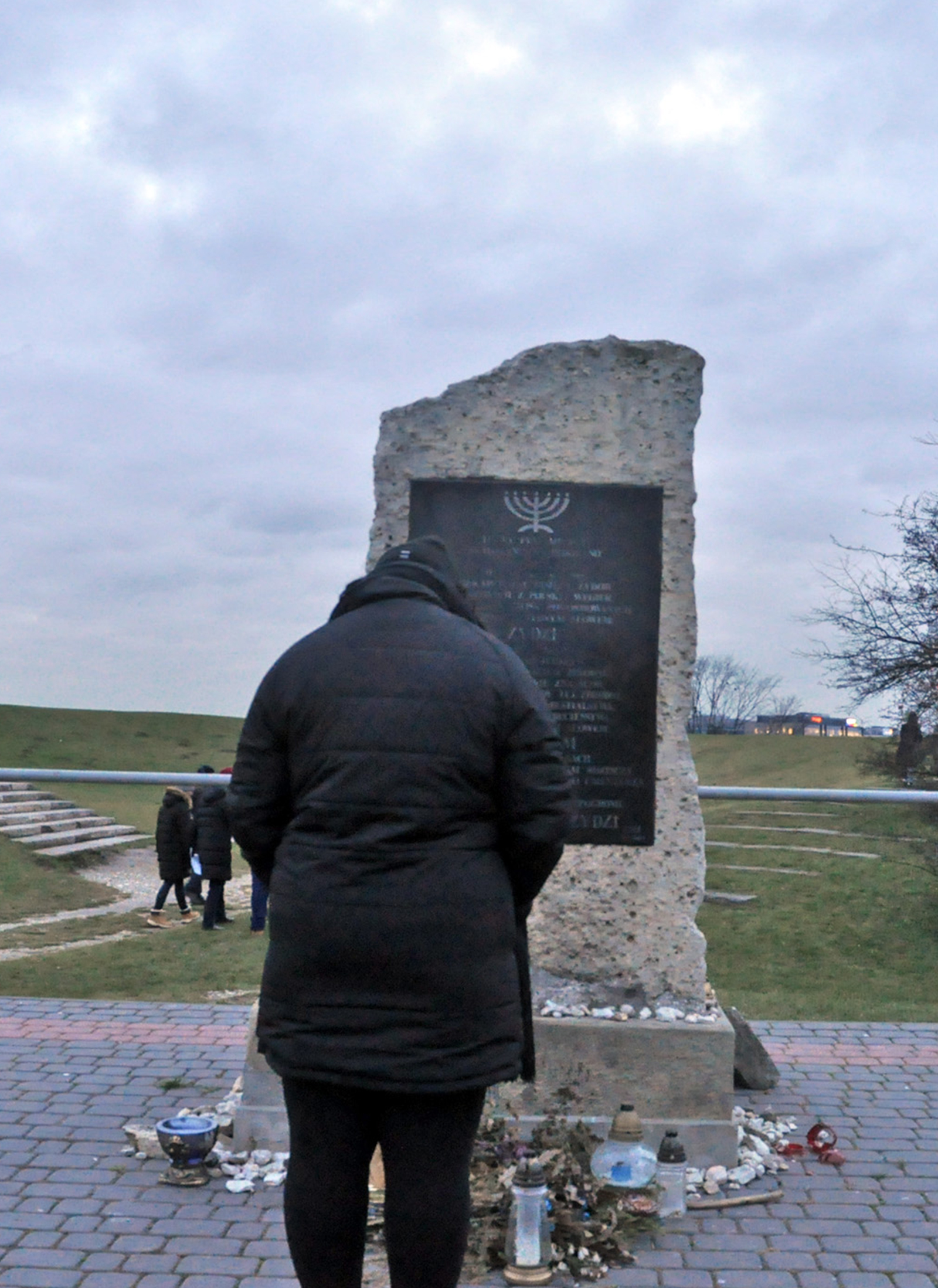
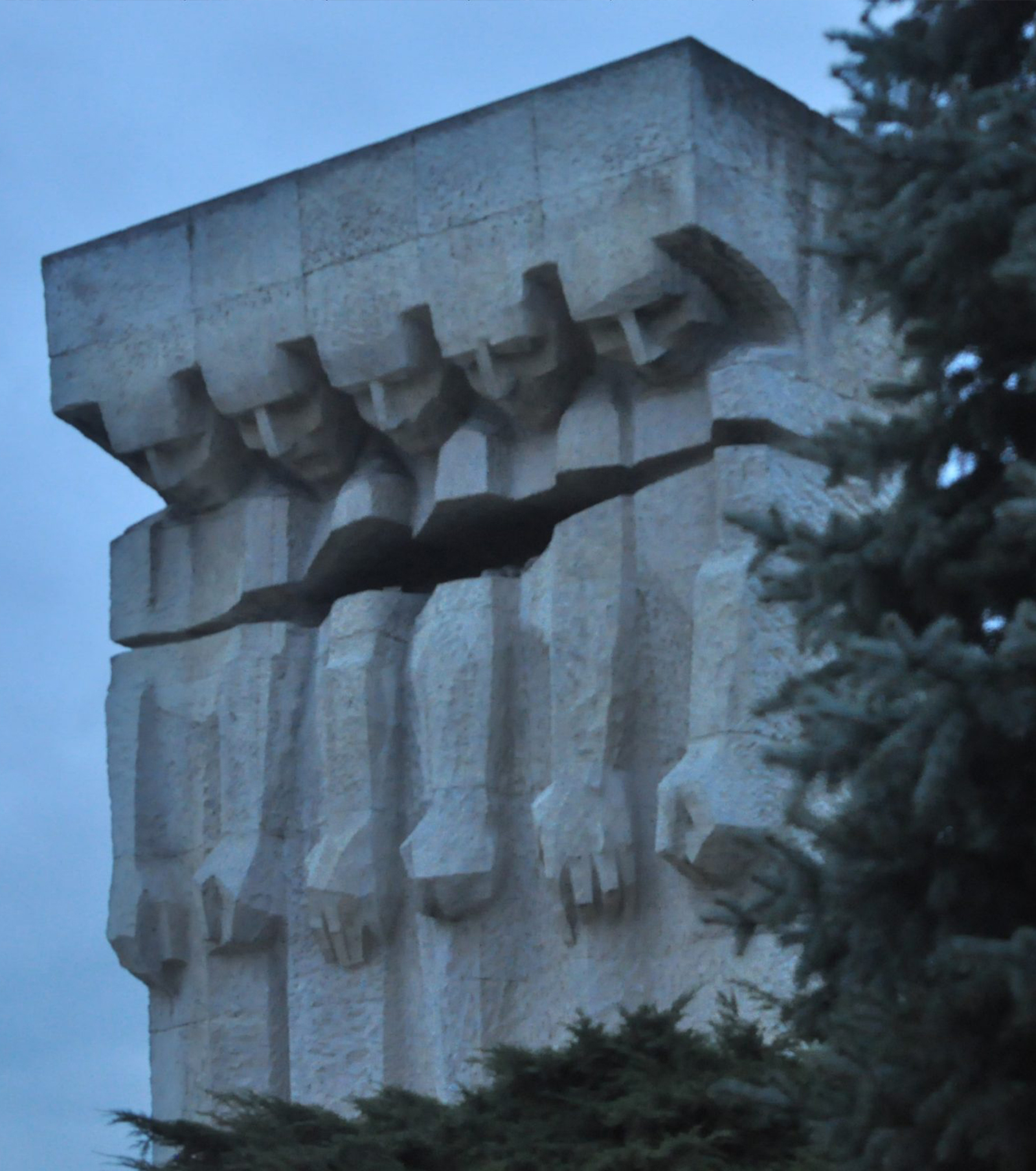
Photo: Ronel Koekemoer
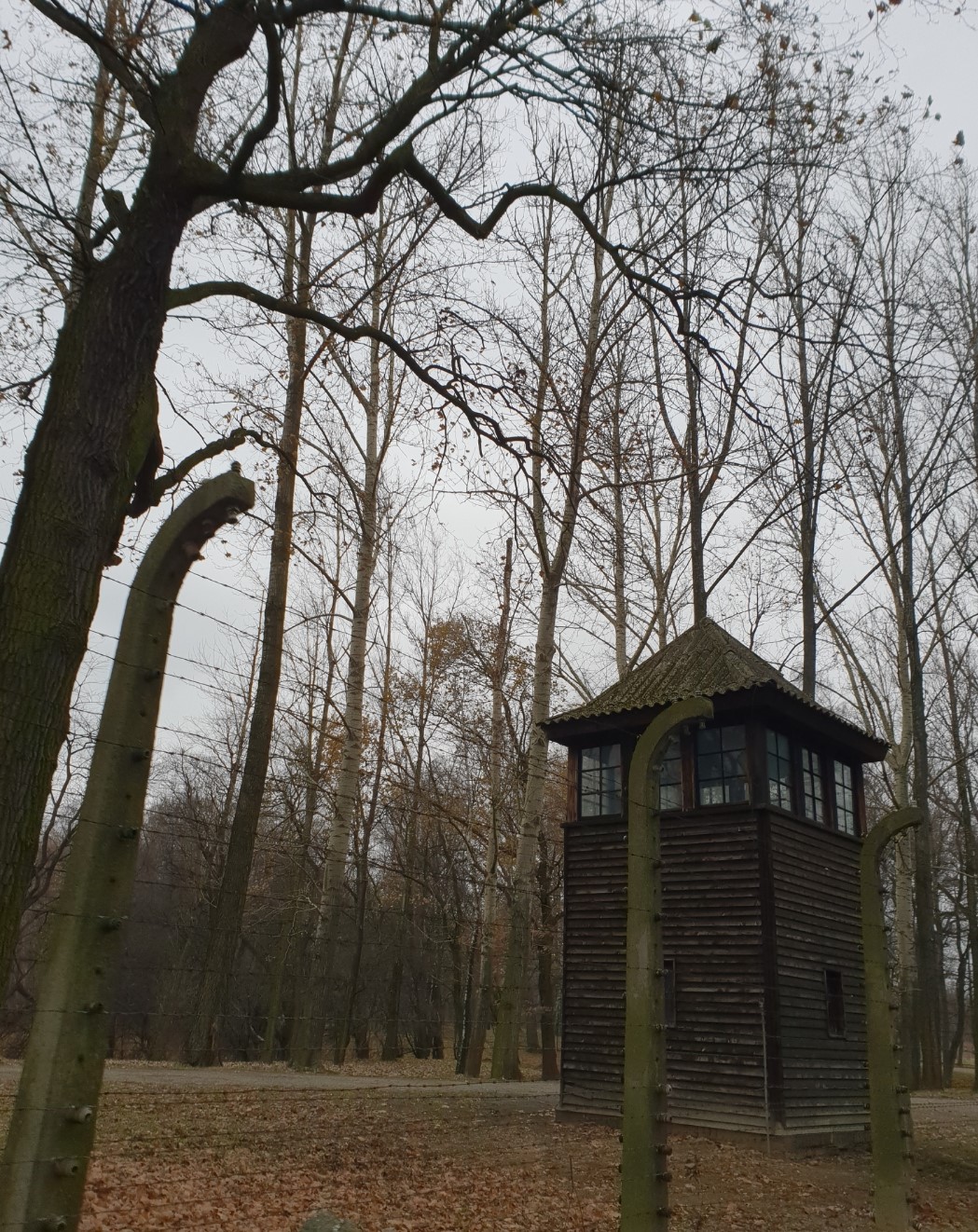
Photo: Ronel Koekemoer
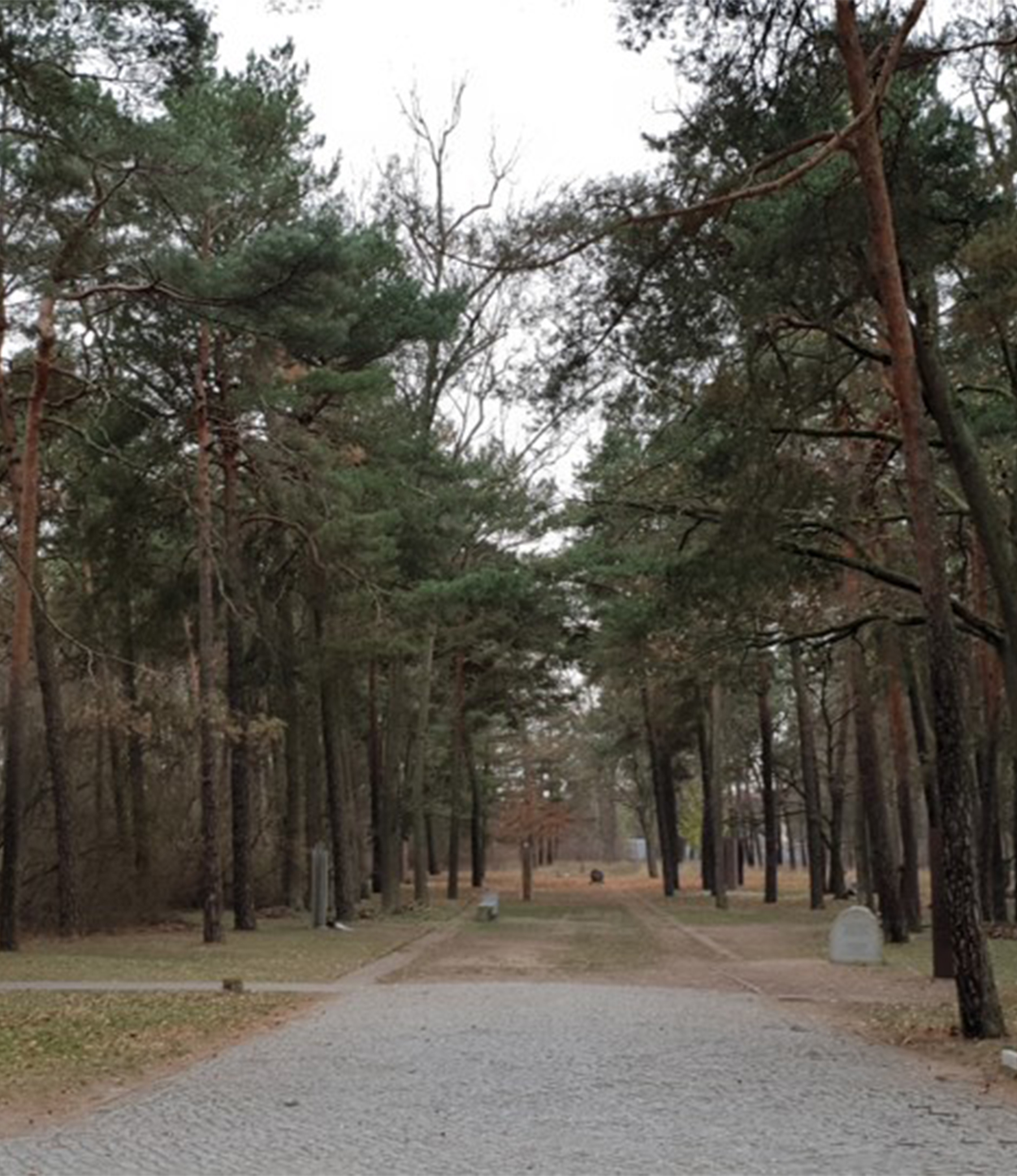
Photo: Ronel Koekemoer
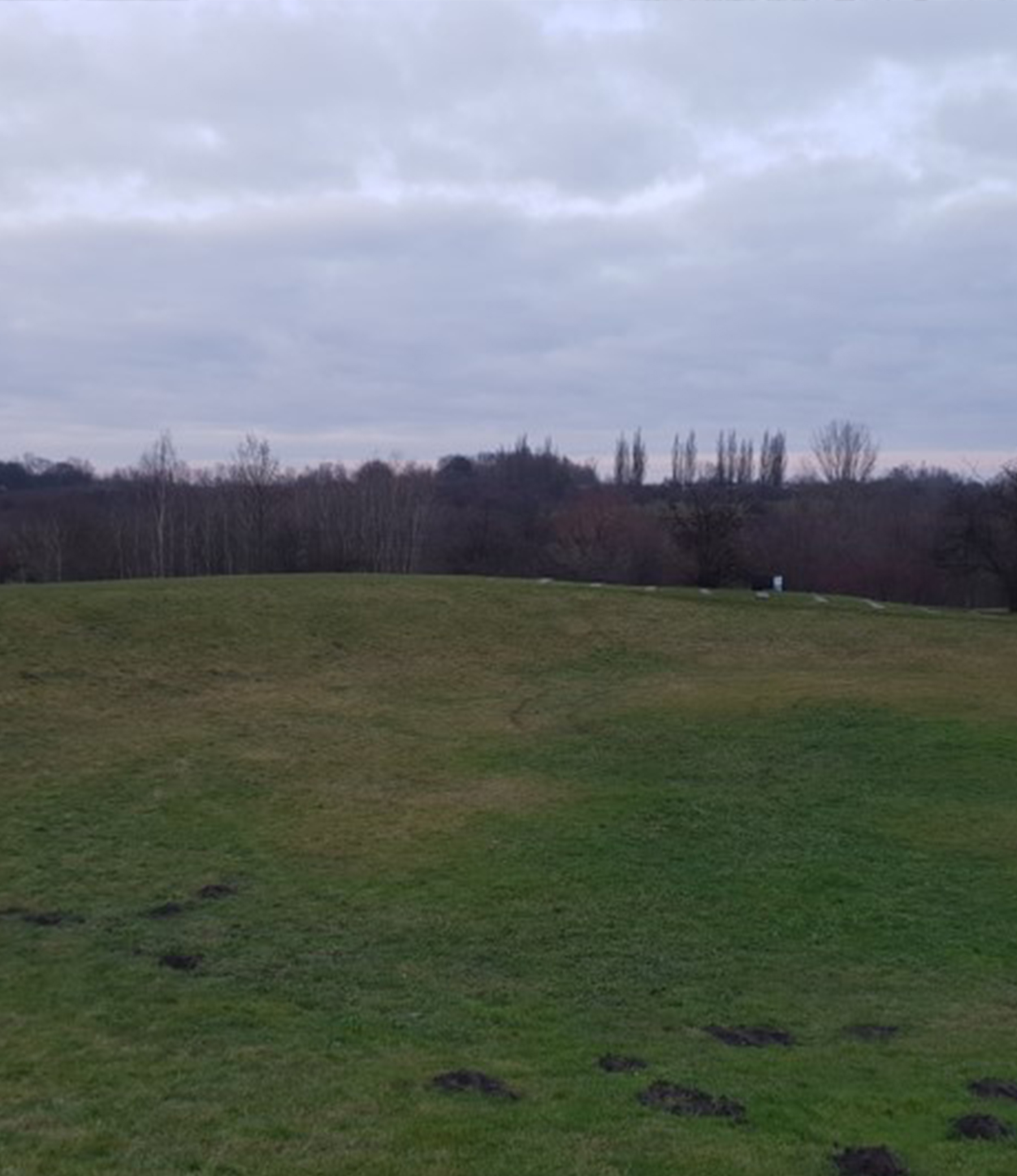
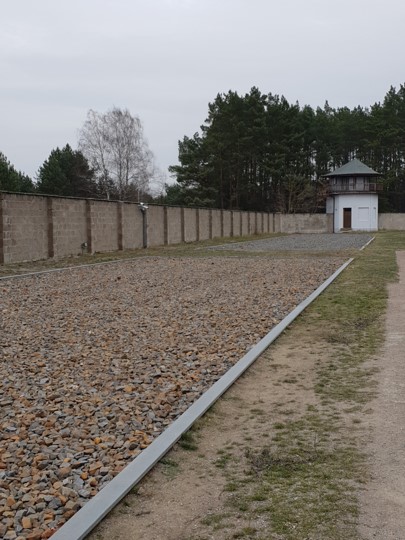
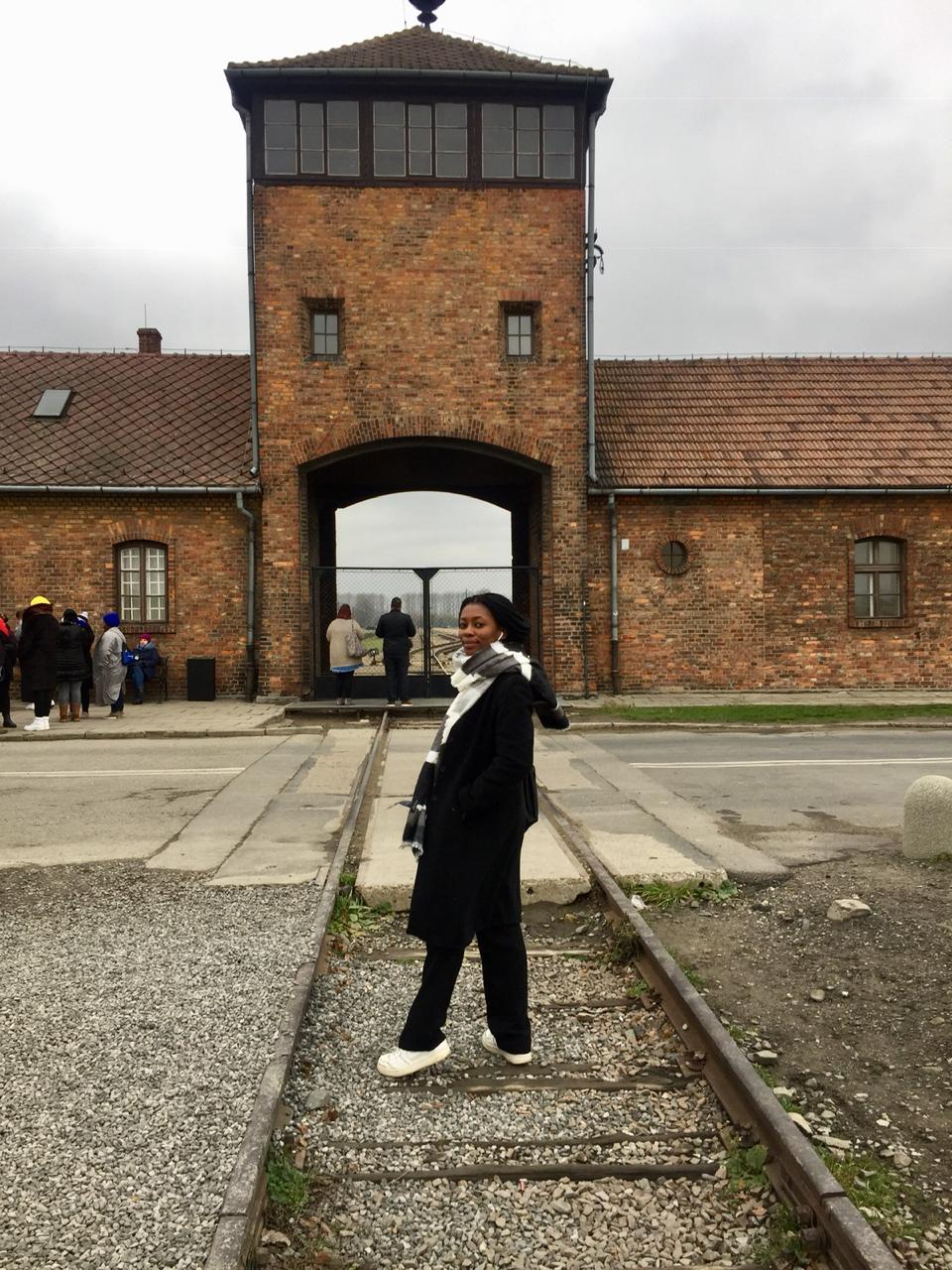
Photo: Ronel Koekemoe
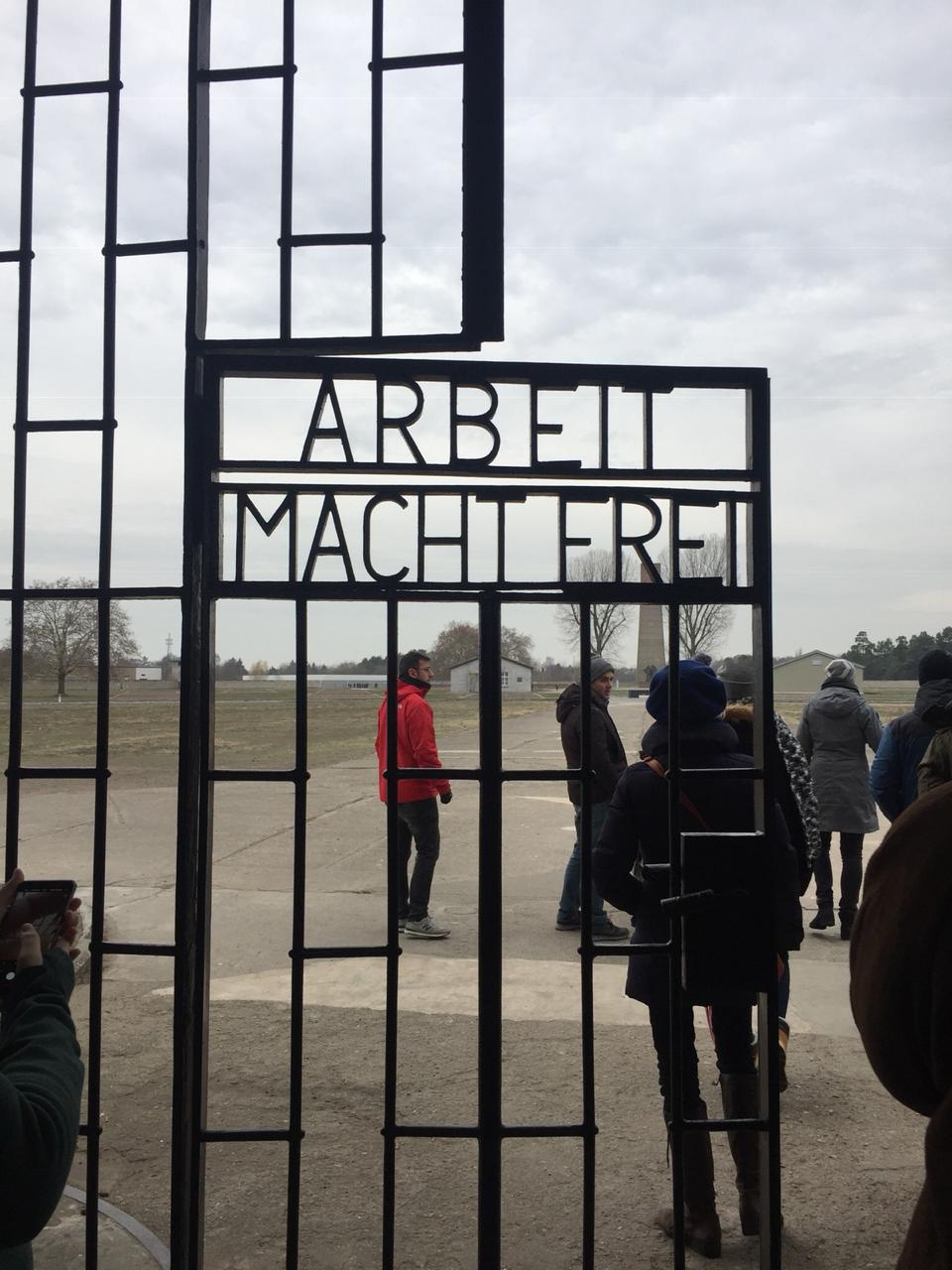
Photo: Ayanda Nxusani
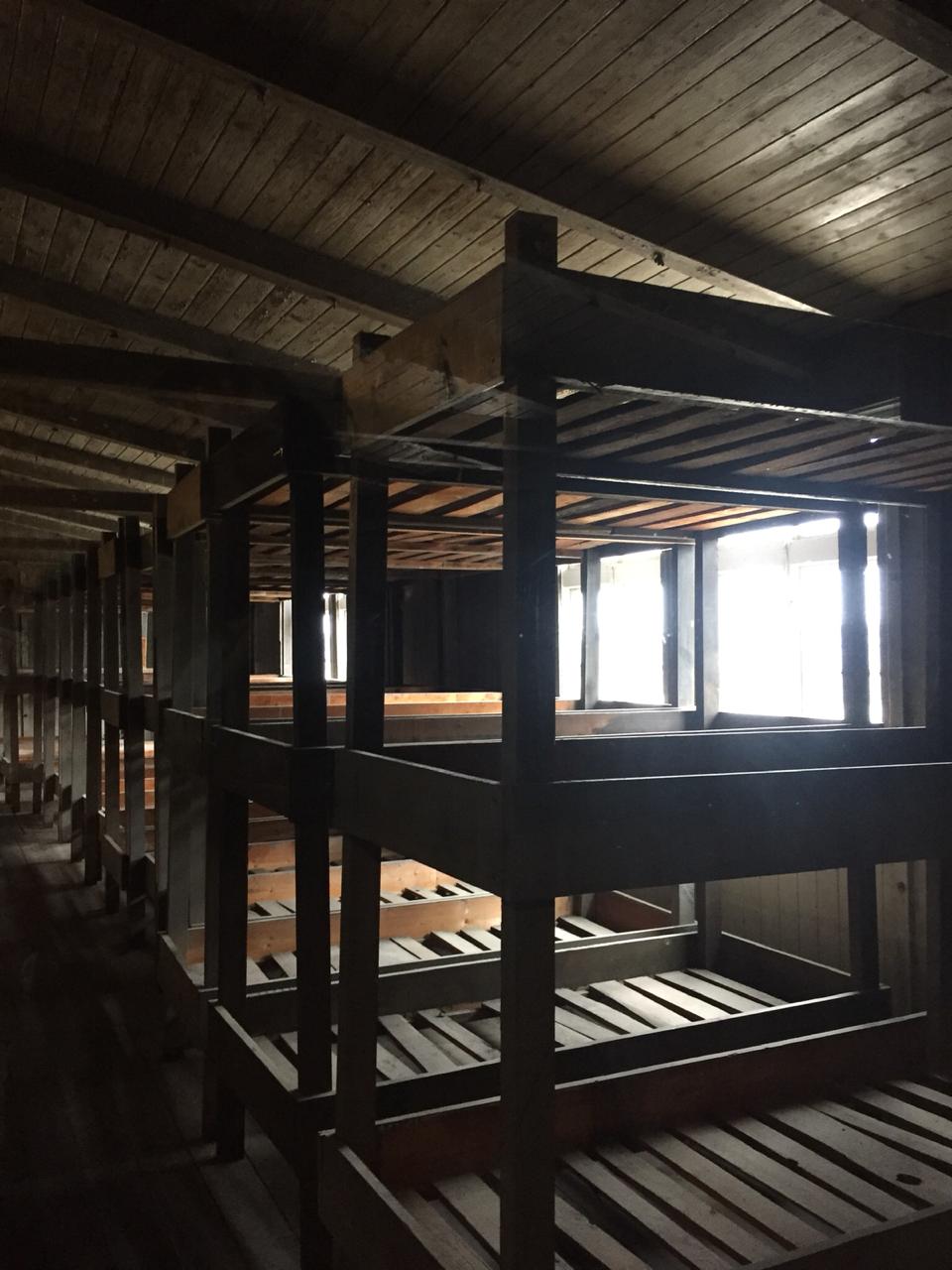
Photo: Ronel Koekemoer
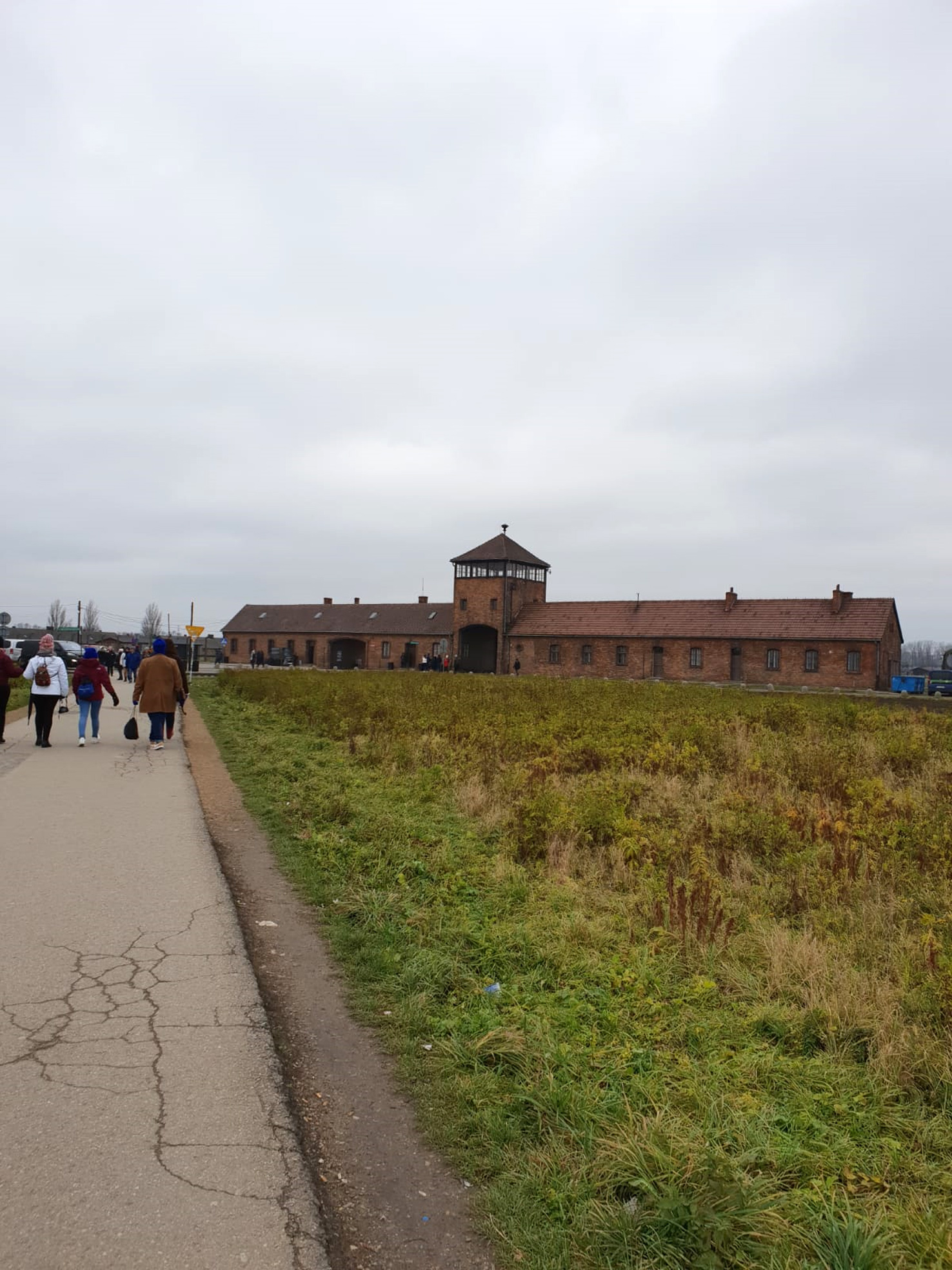
Tshegofatso Masenya:
“No matter how many articles I could have read, nothing could have ever prepared me for what would unfold on the trip. The terror, the horrors and the pure evil that came out of the Nazi regime was something that weighed heavily on me every morning and stayed with me every night.”
Muziwakithu Maseko
“We went to the camps during the beginning of winter in Europe and we were already freezing. This made me imagine how horrendous the weather must have been for the prisoners. Inside temperatures would often go to below freezing.”
Nicole Jones
“[At Plaszow] Sheer nothingness. Only emptiness and erasure. Were it not for the looming Soviet-era memorial and a few others dotting the sparsely wooded hills and fields, Płaszów and the concentration camp it once was would be invisible to the modern eye.”
Kuhle Mnisi
“My turning point of this trip was the visit to Chelmno in Poland. The emptiness of the place which did not even have buildings or any other tourists on site was the most difficult aspect.”

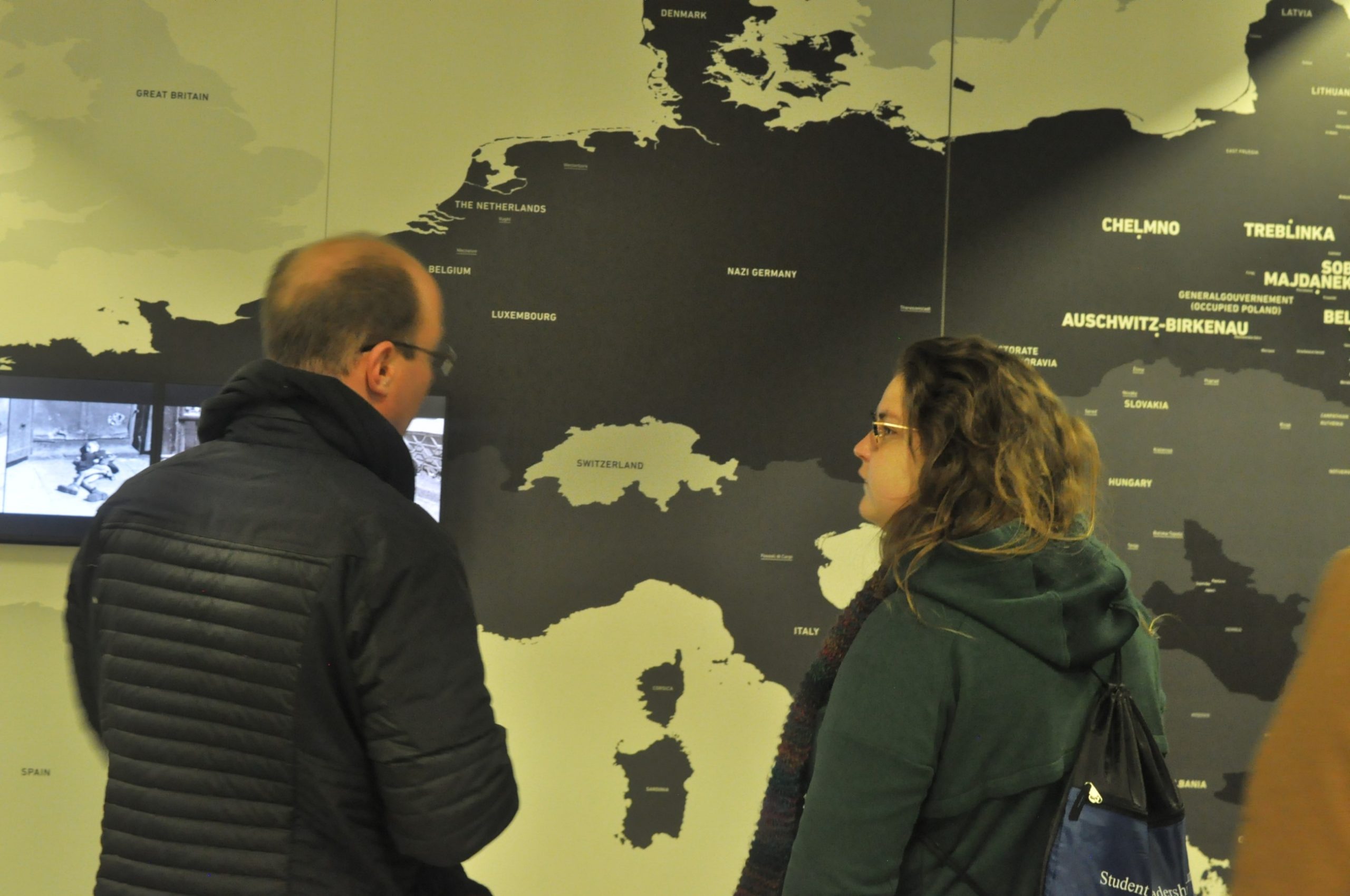
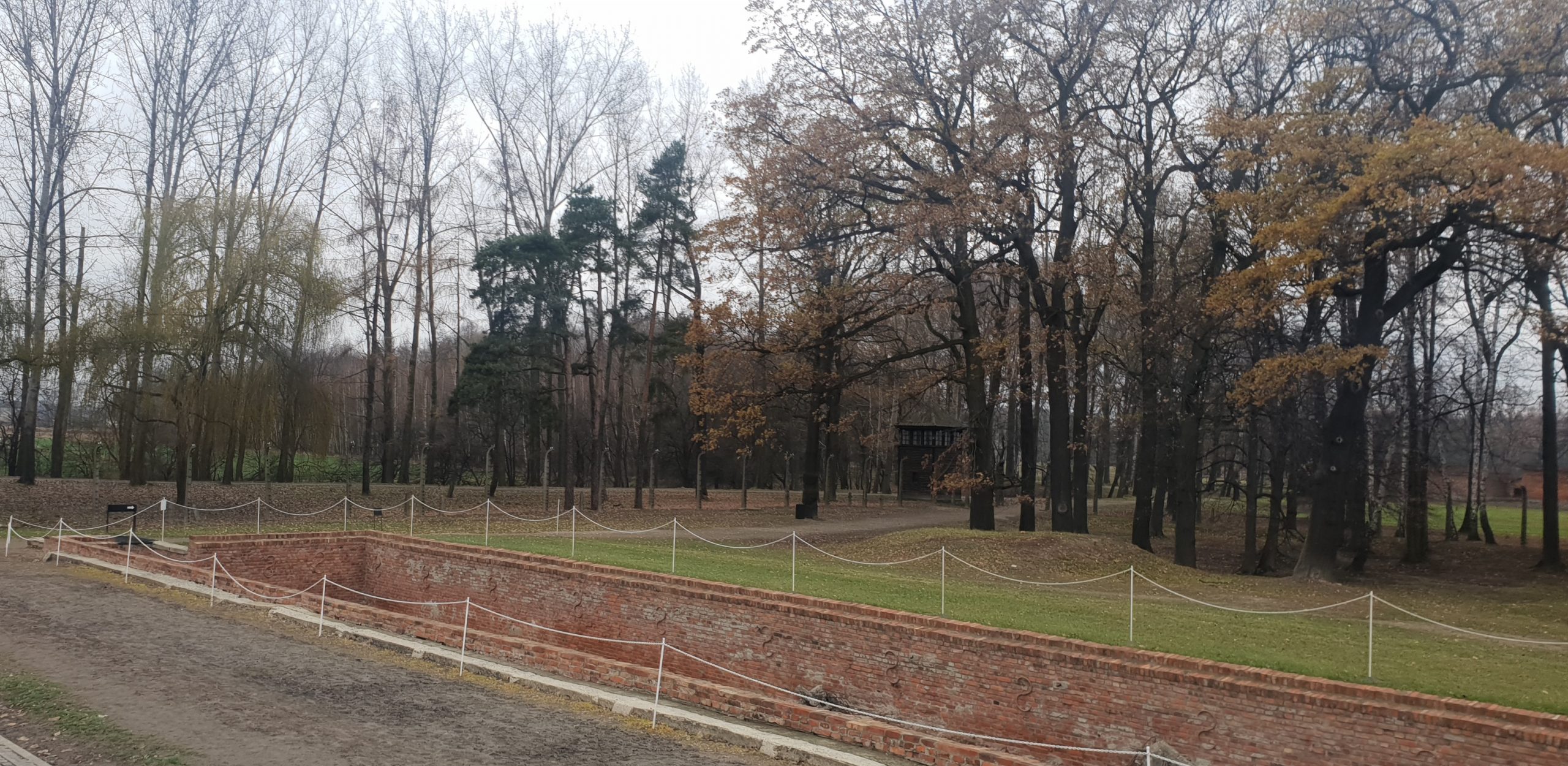
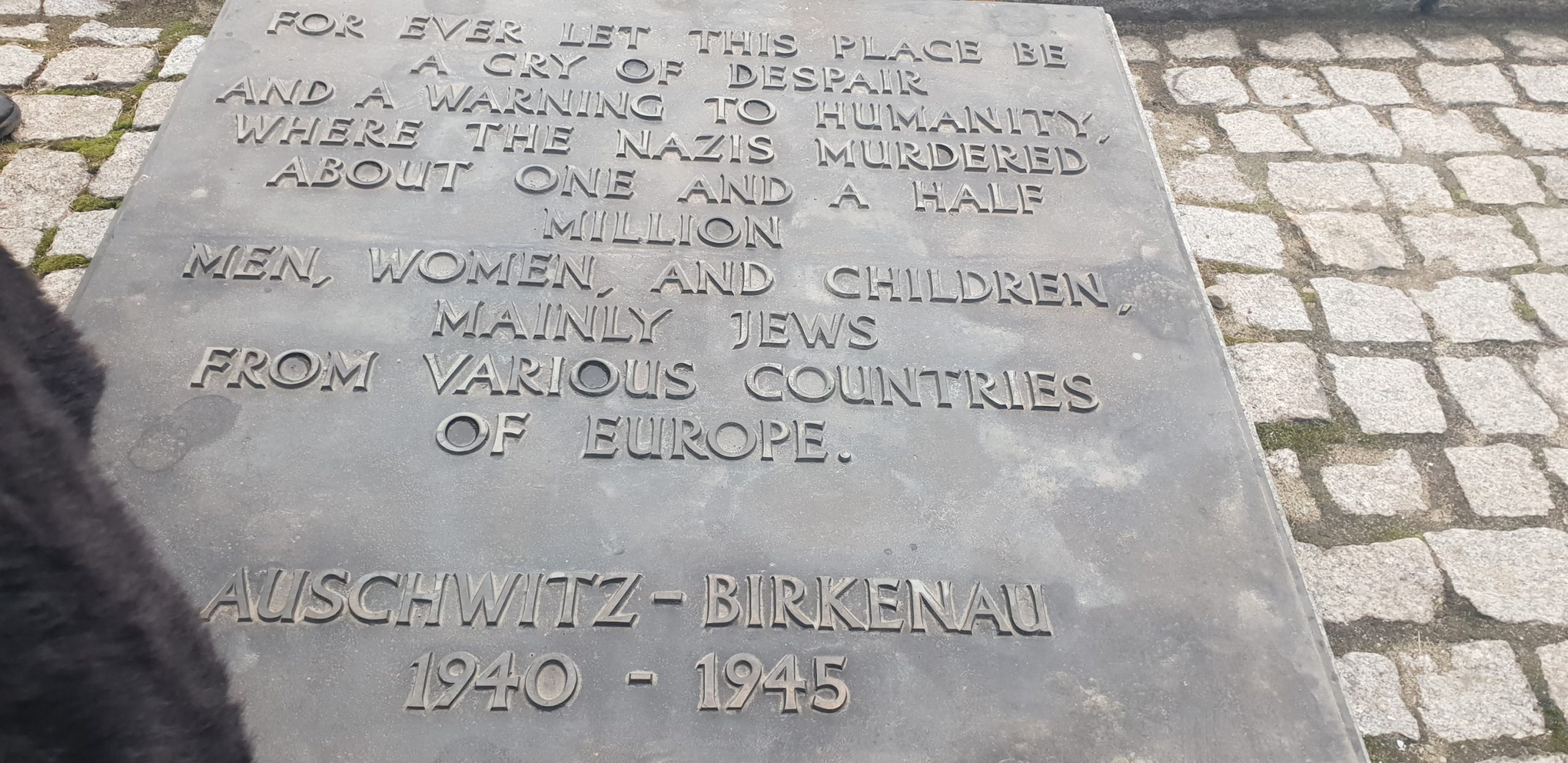
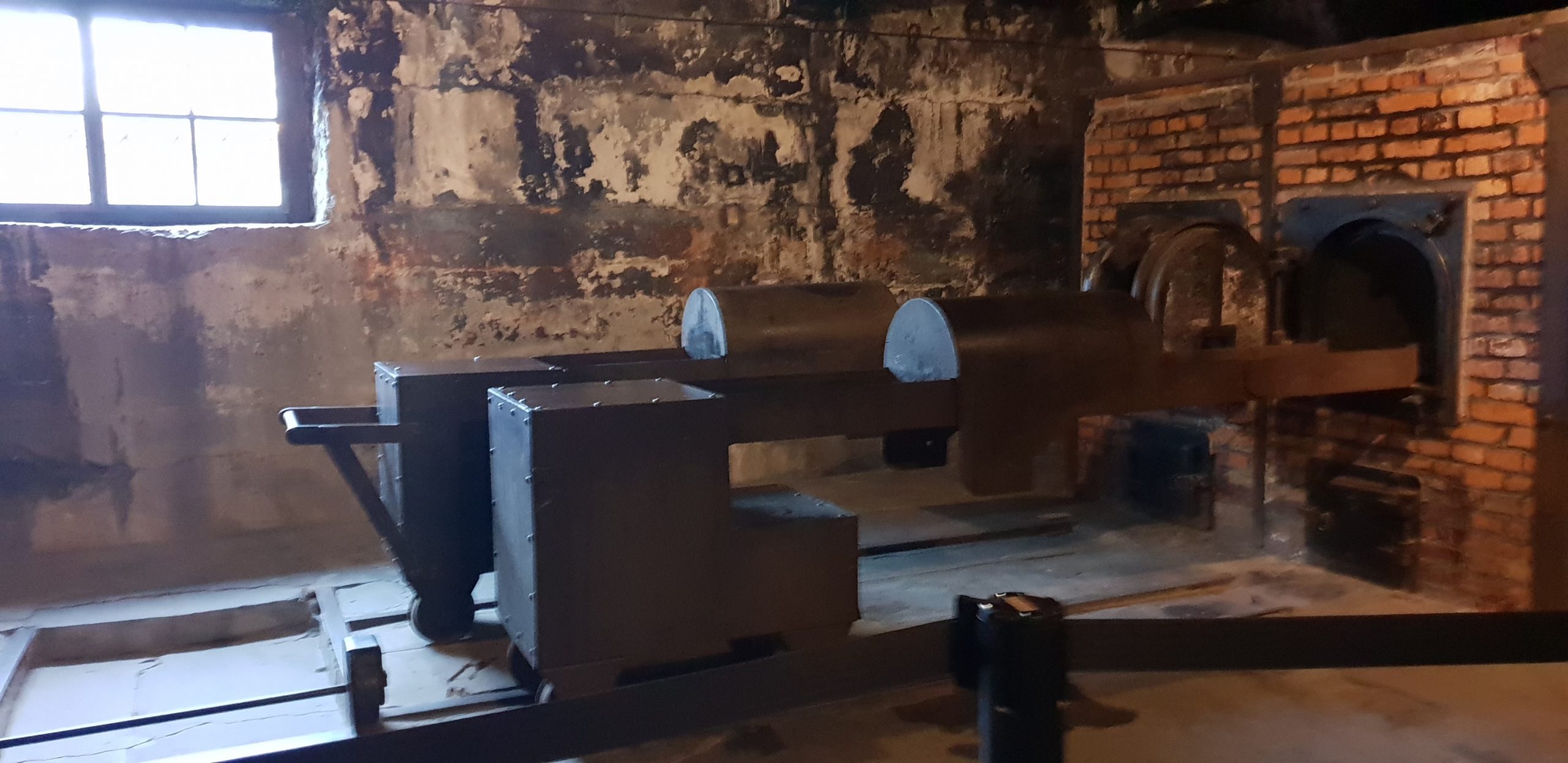
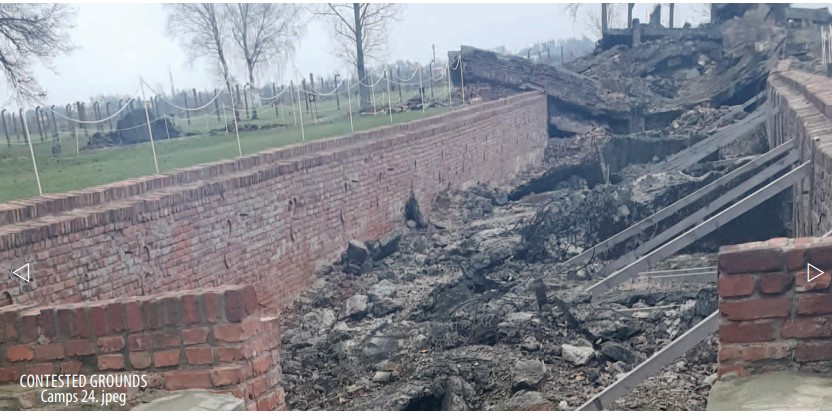
Photo: Mame-Diara Mbaye
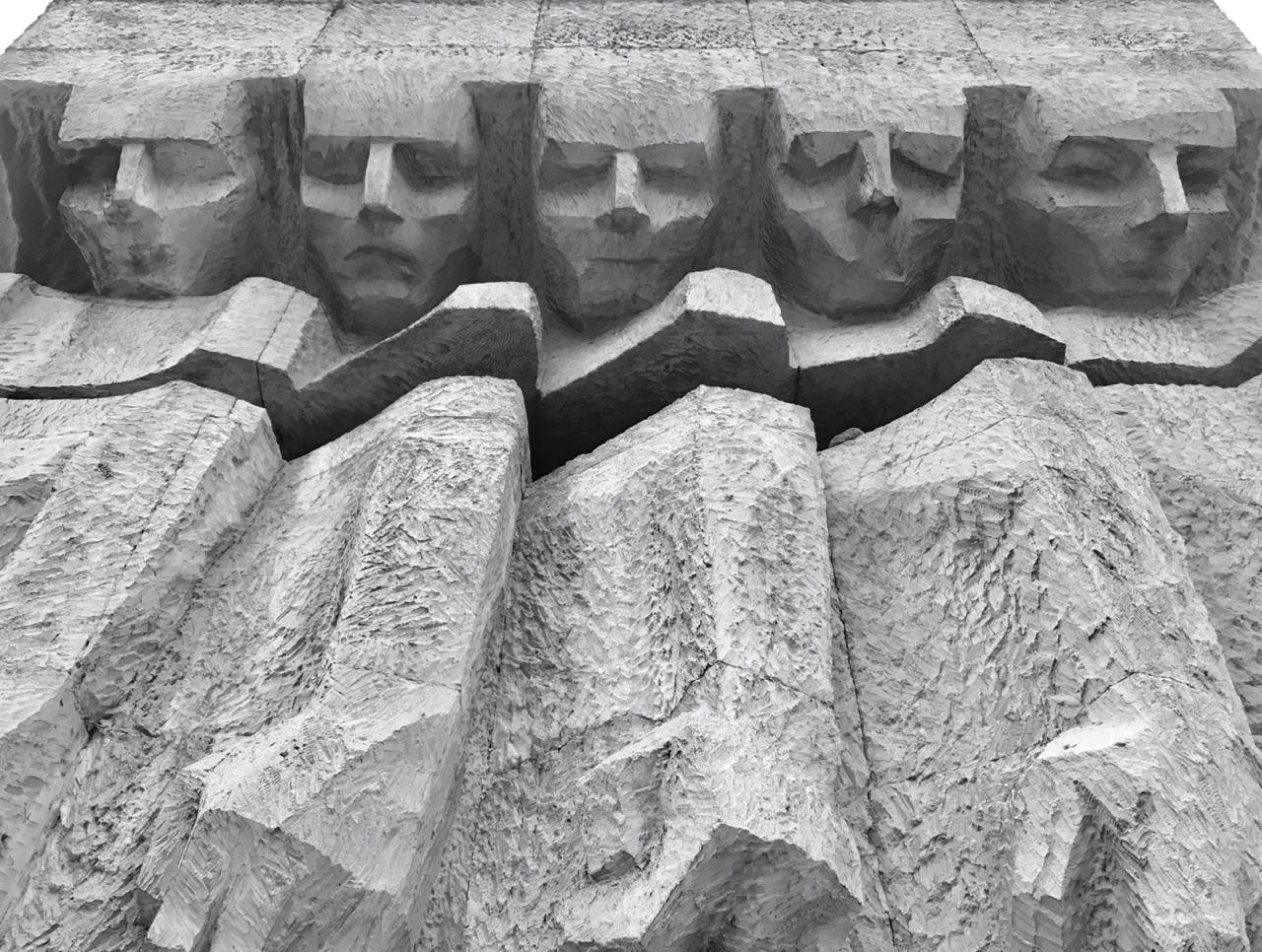
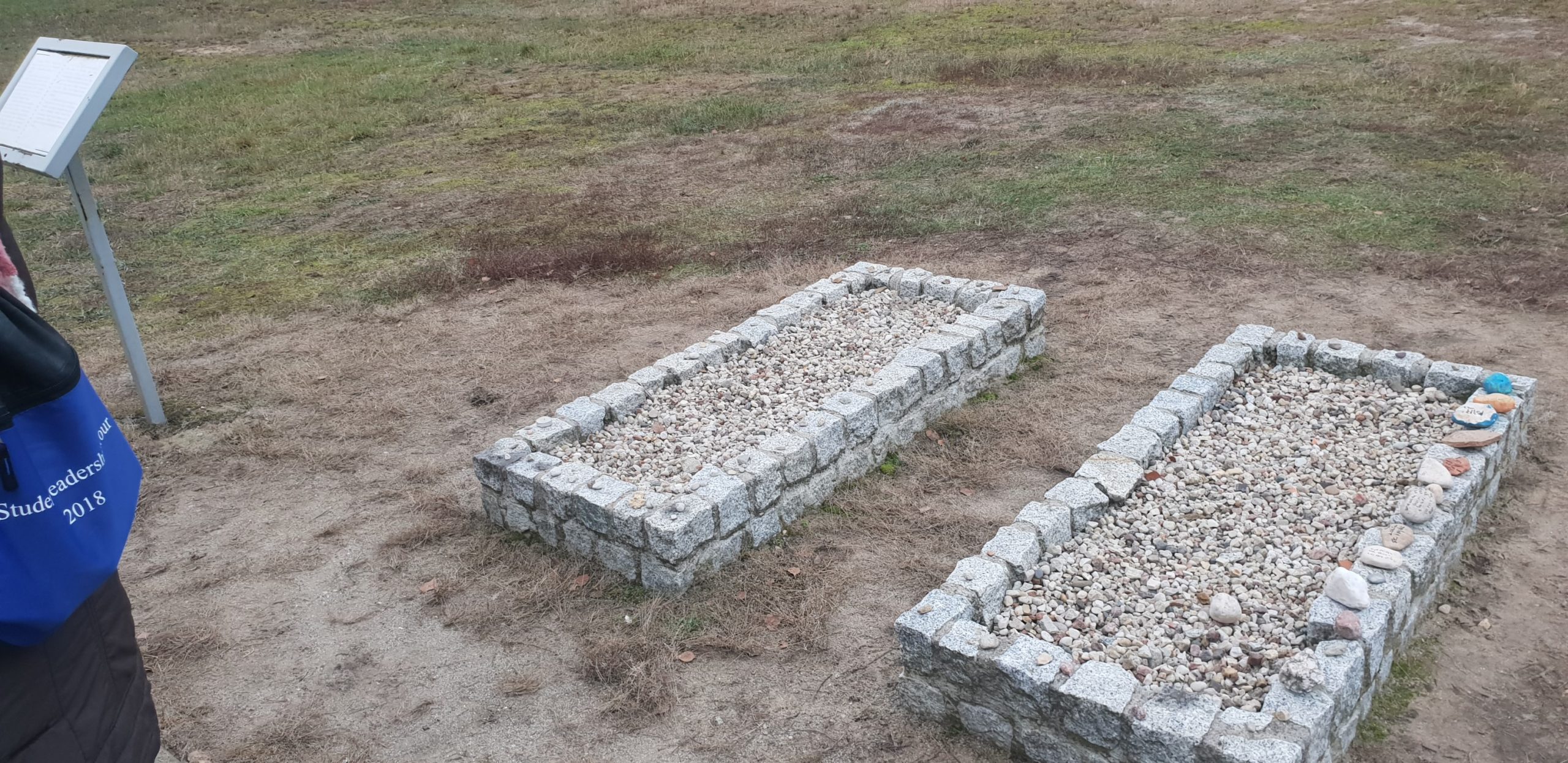
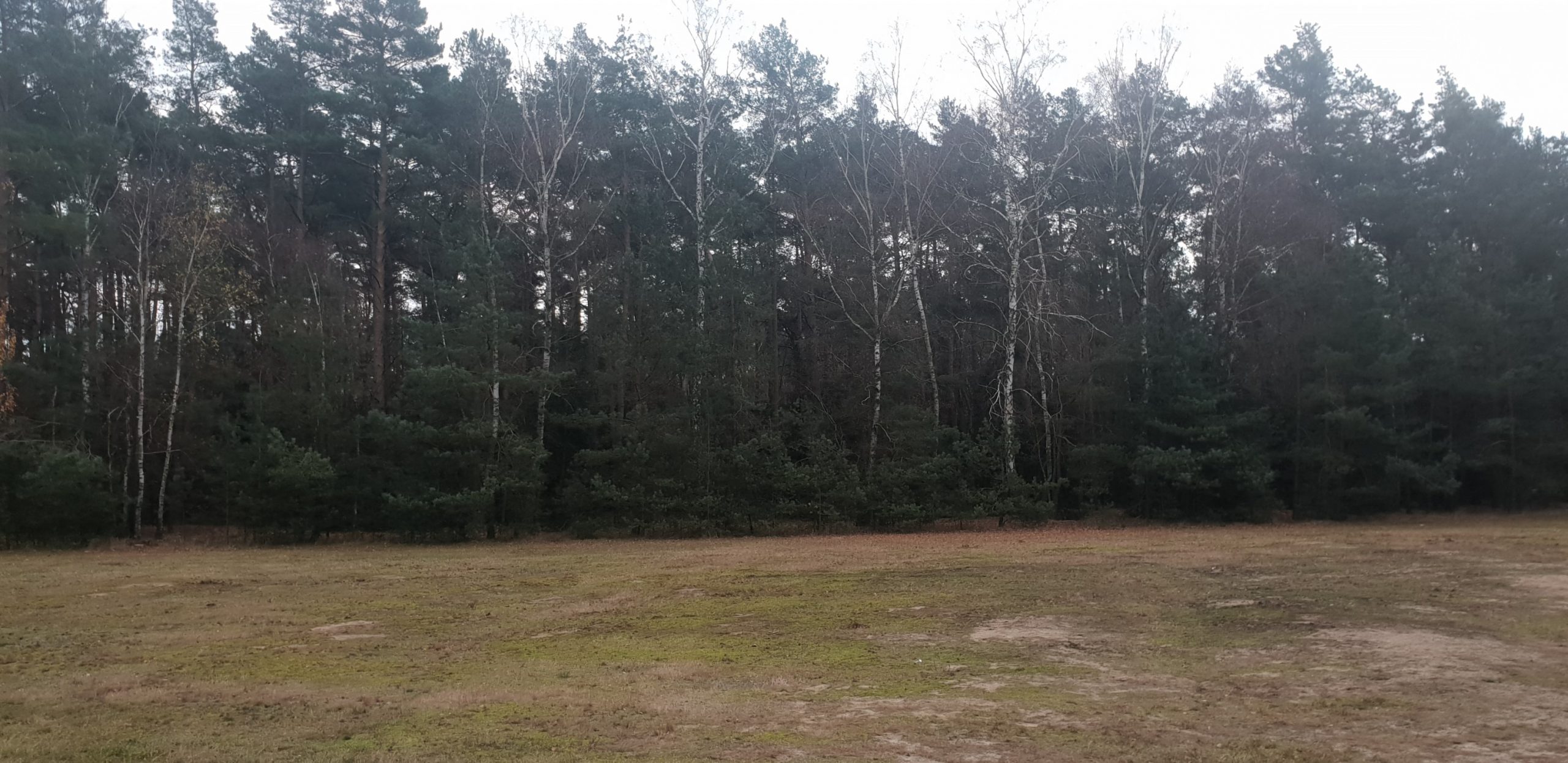
Photo: Langa Twala
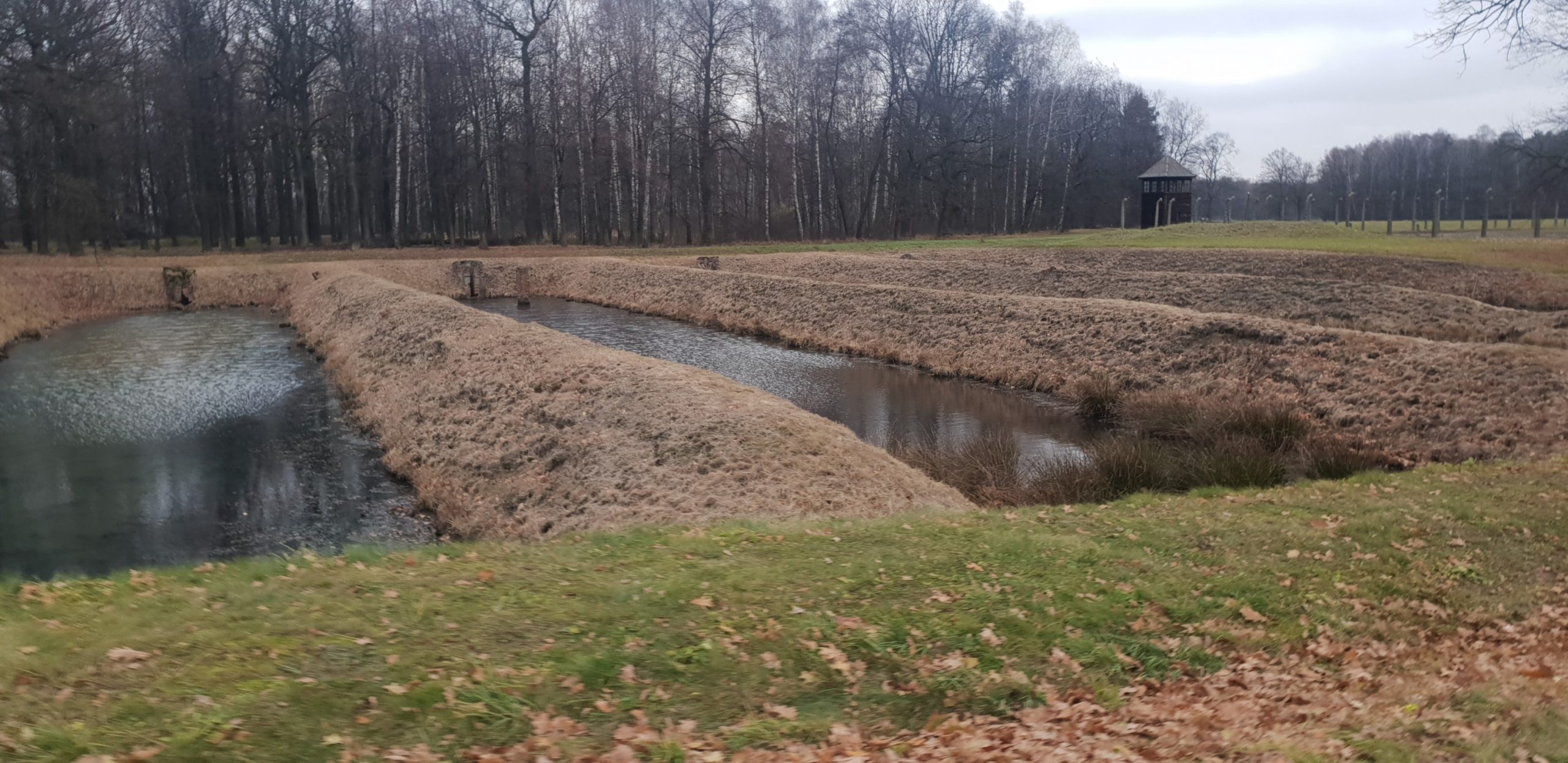
Photo: Muziwakithi Maseko
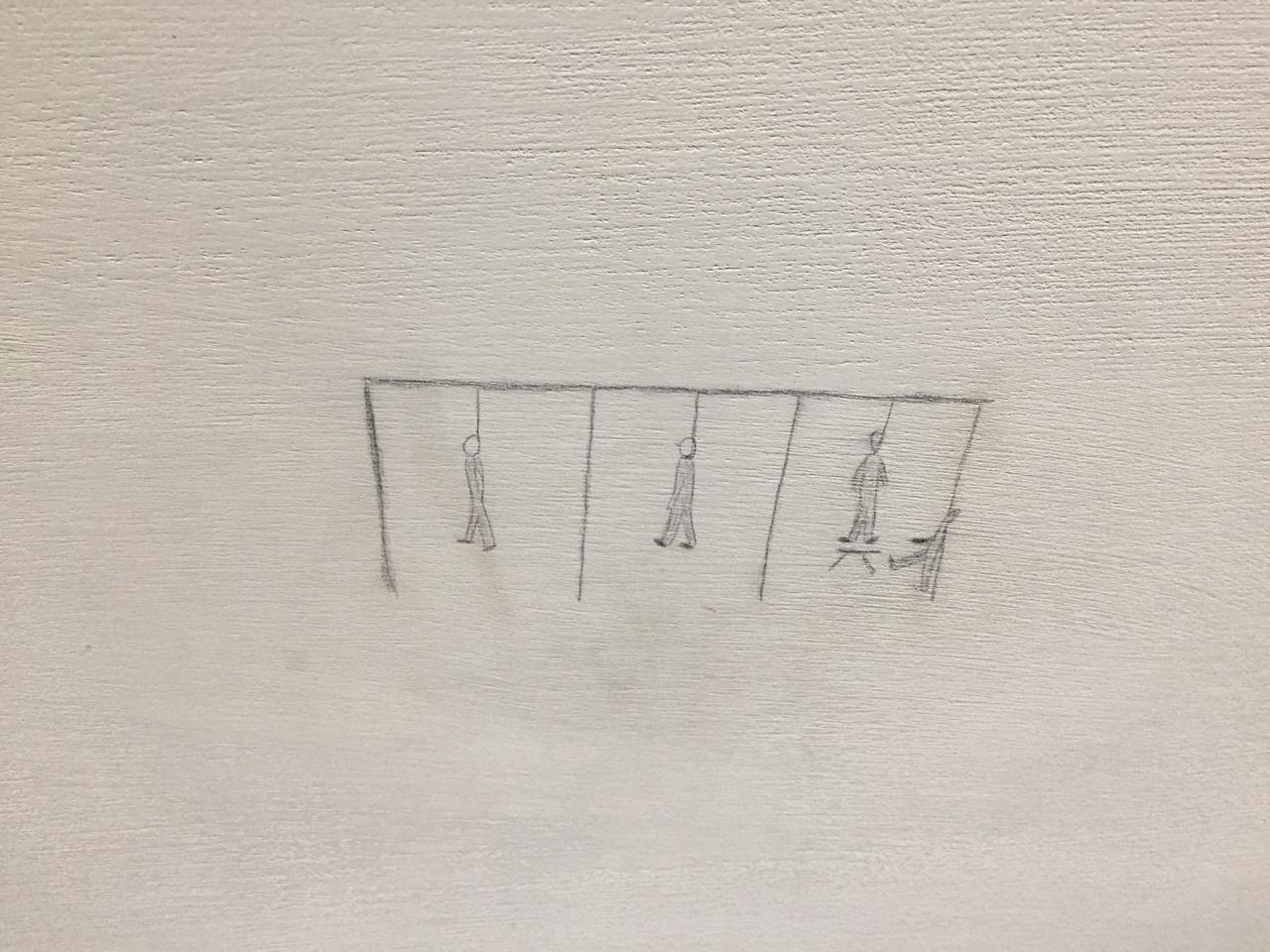
Photo: Muziwakithi Maseko
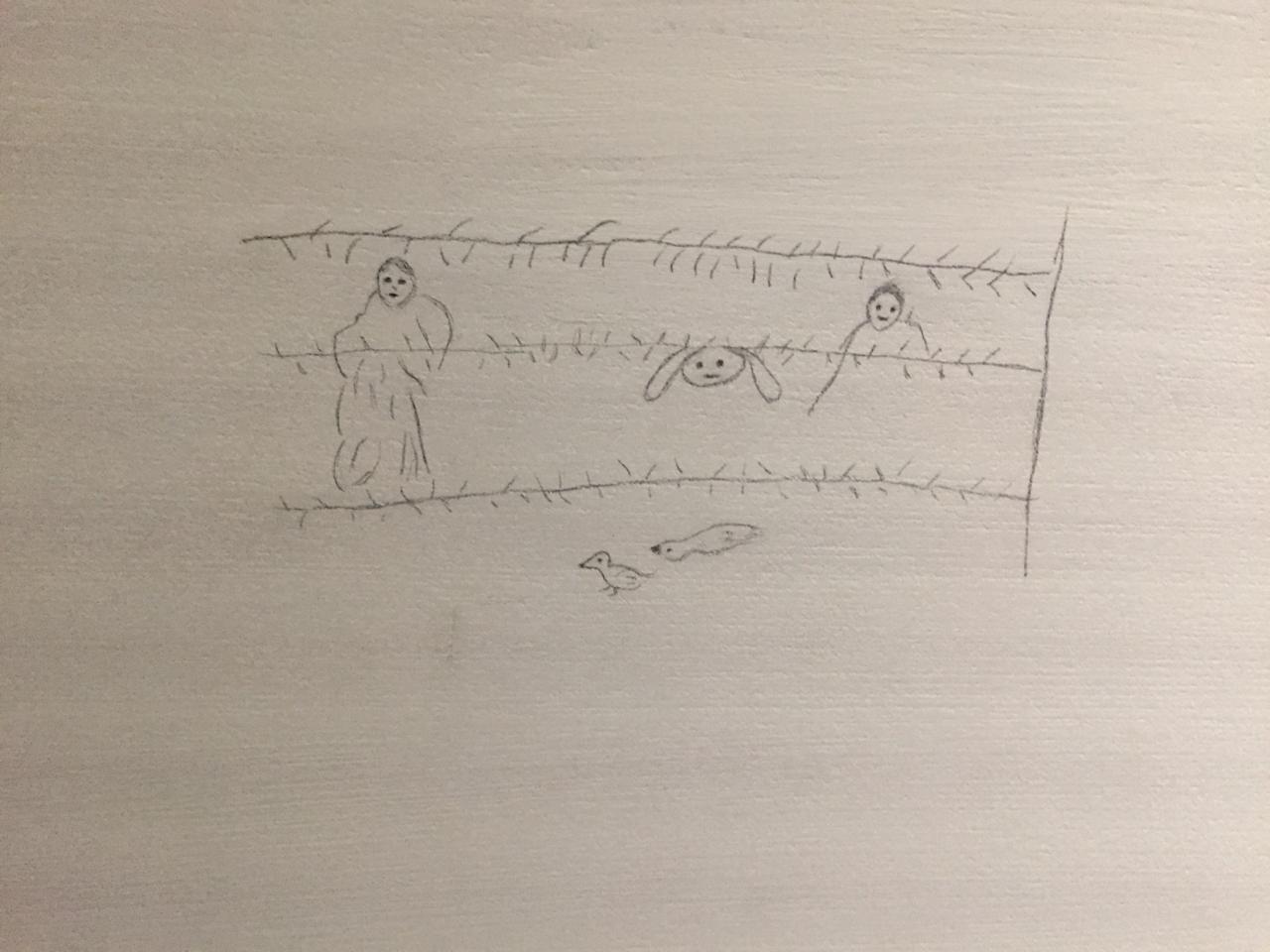
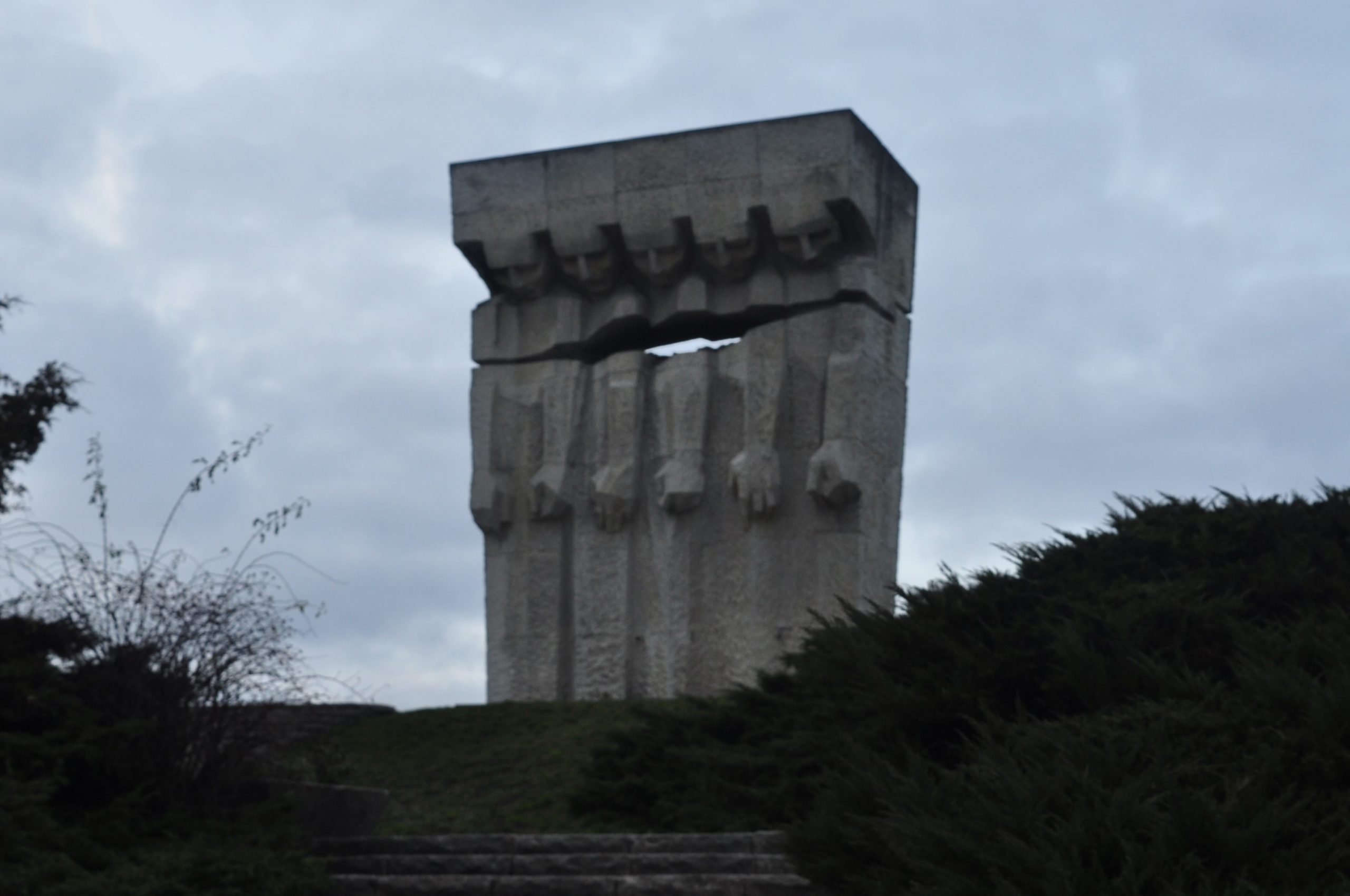
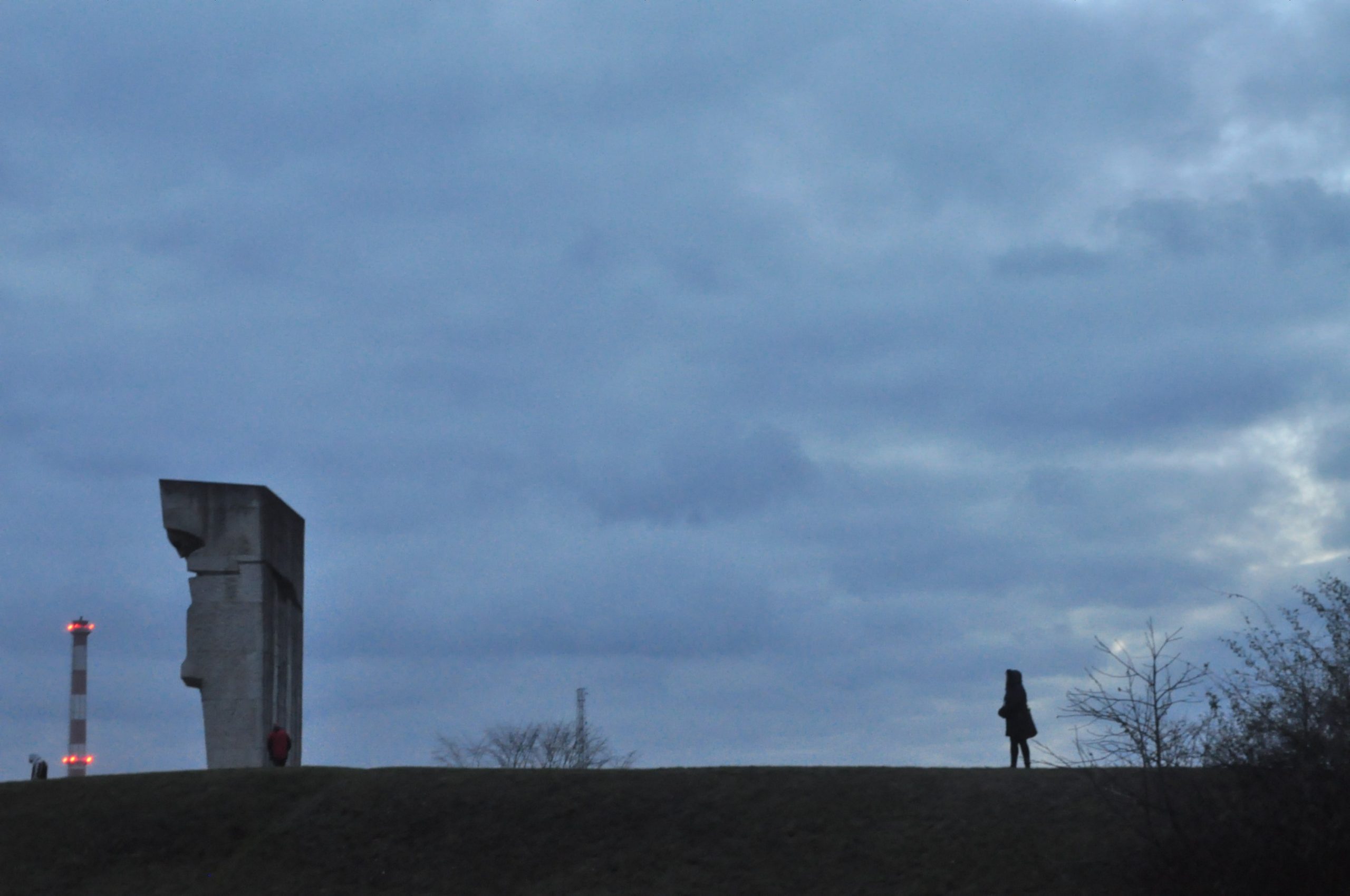
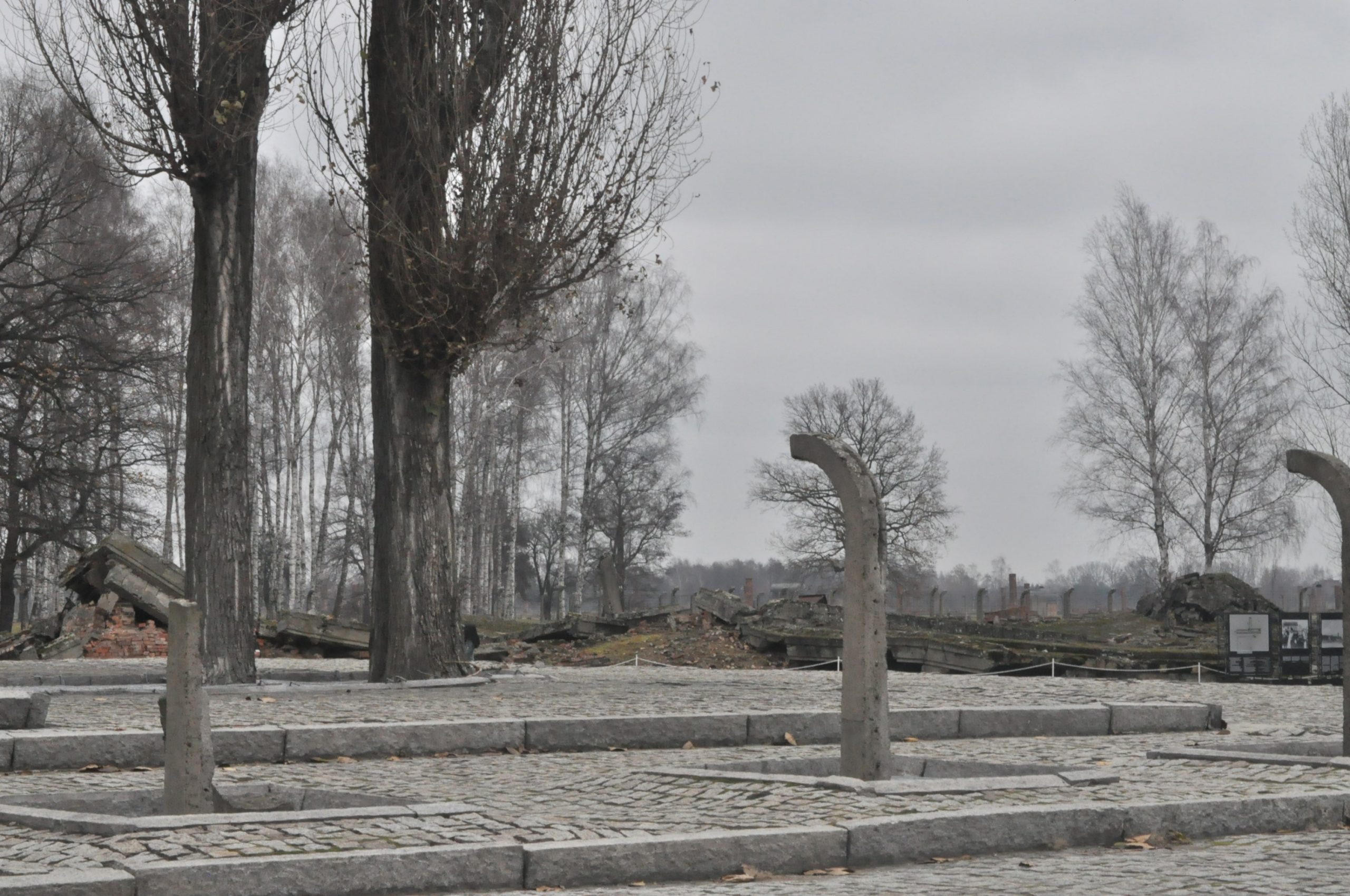
Photo: Langa Twala
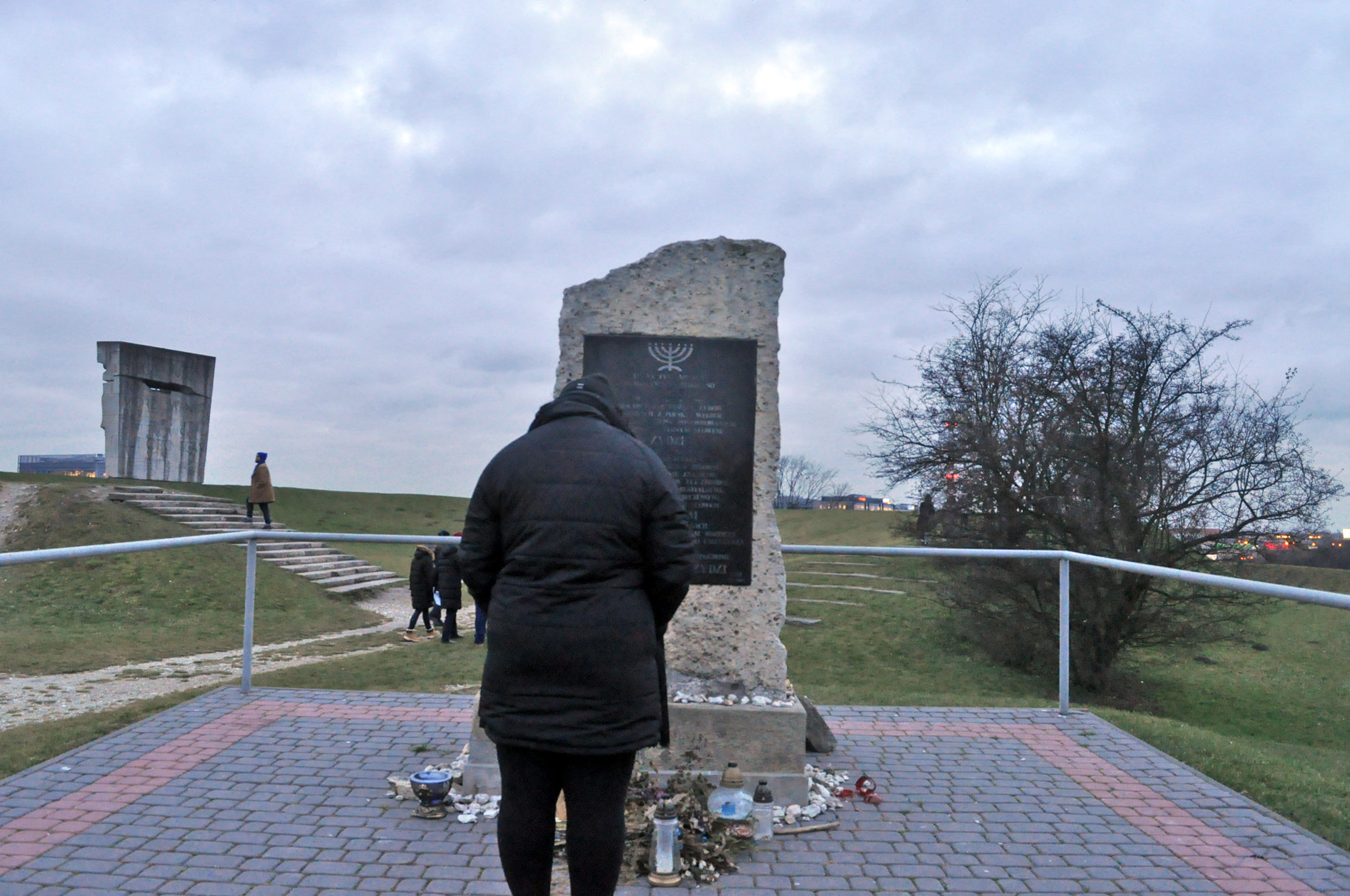
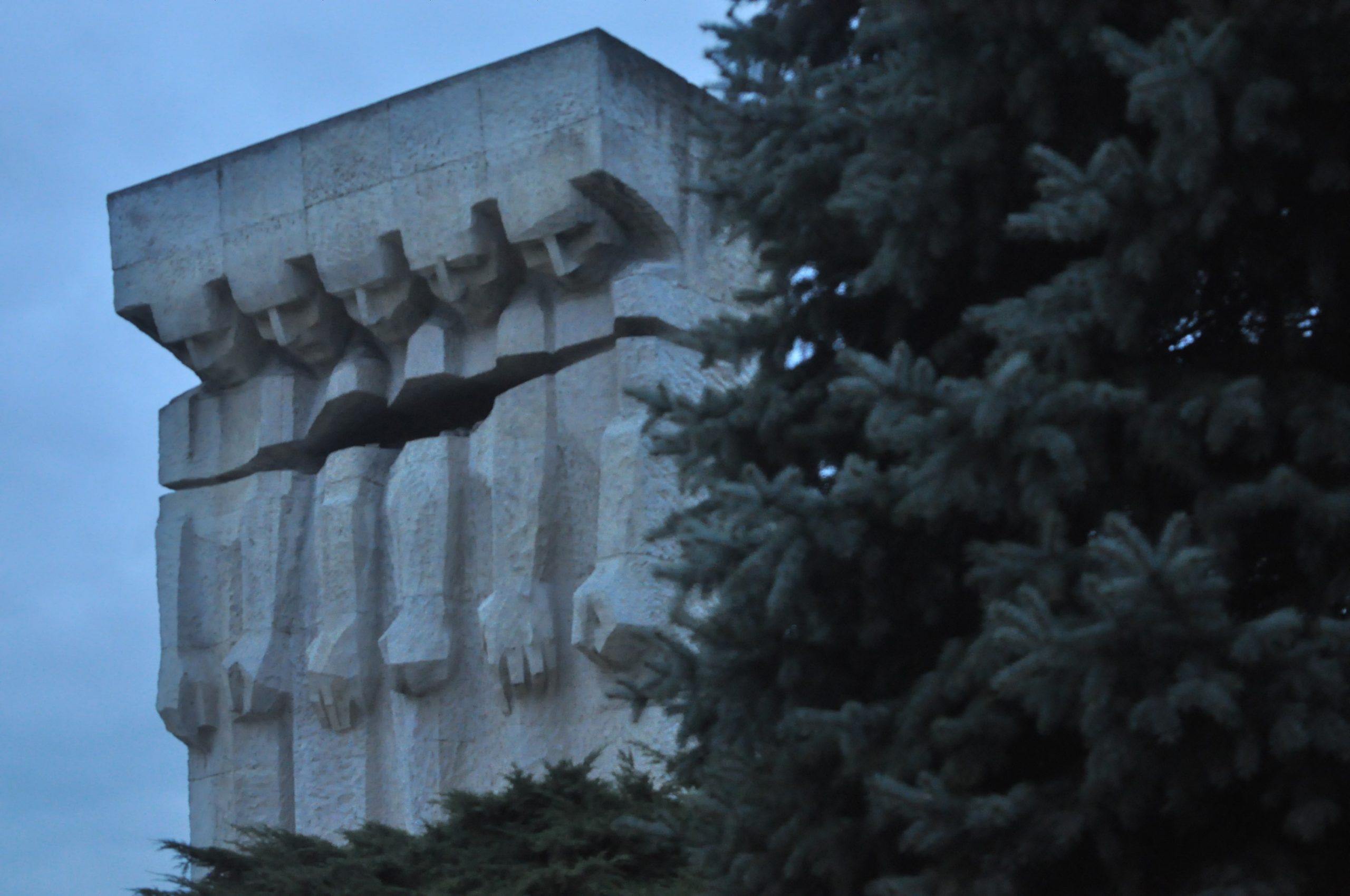
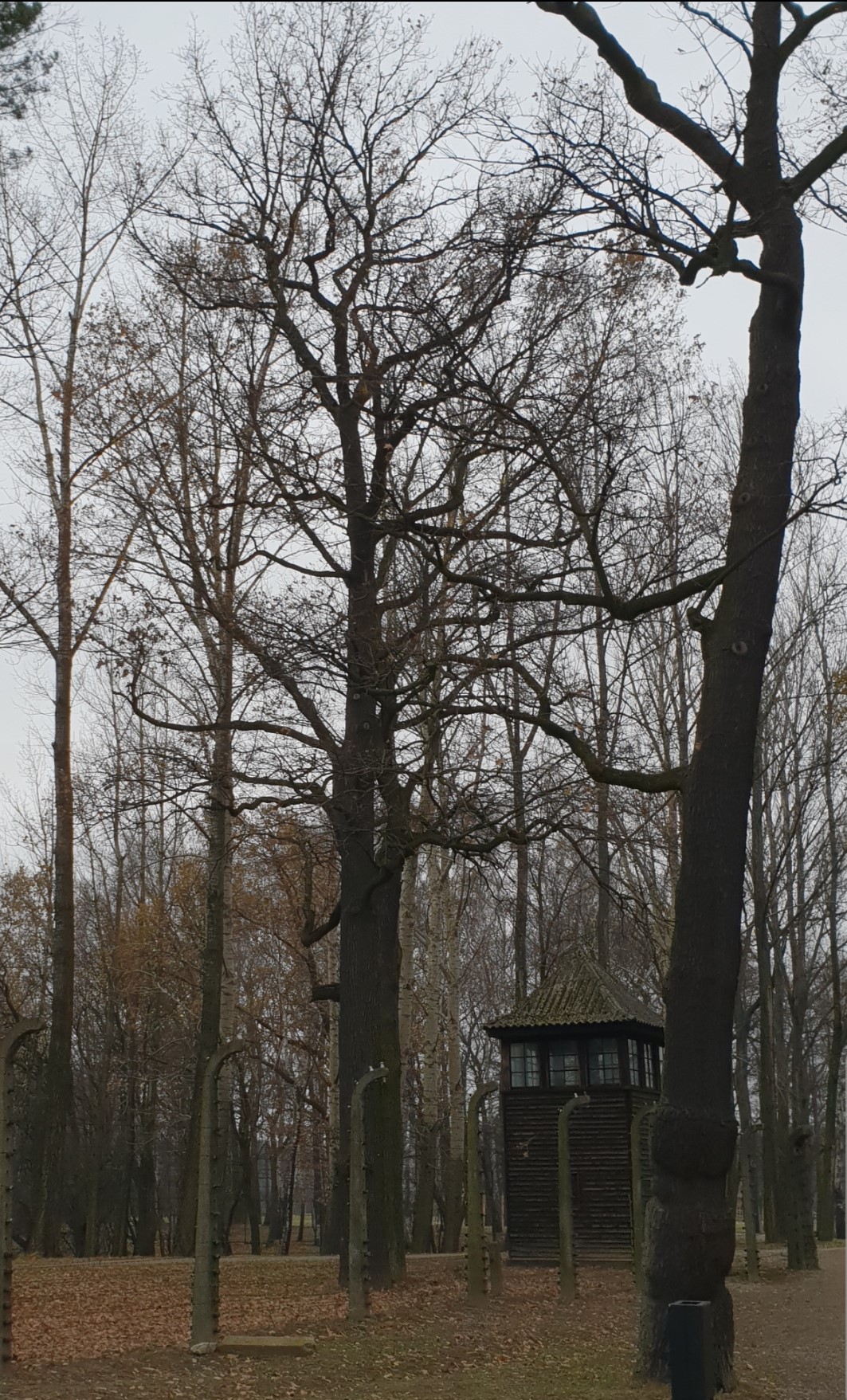
Photo: Ronel Koekemoer

Photo: Ronel Koekemoer
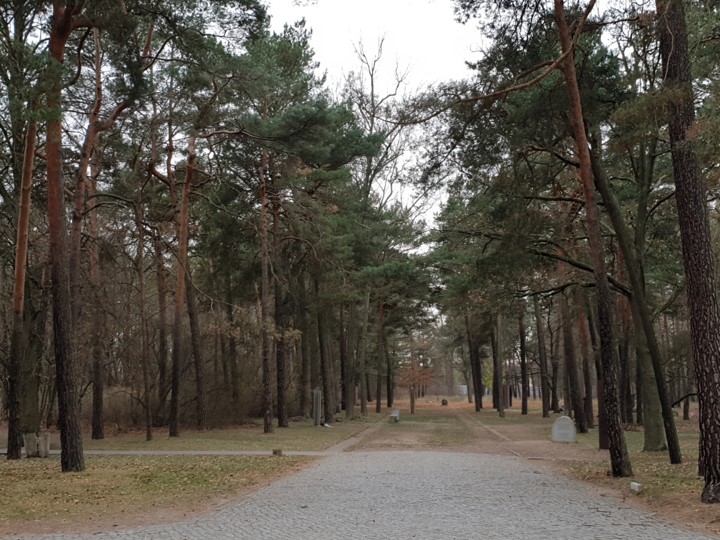
Photo: Ronel Koekemoer
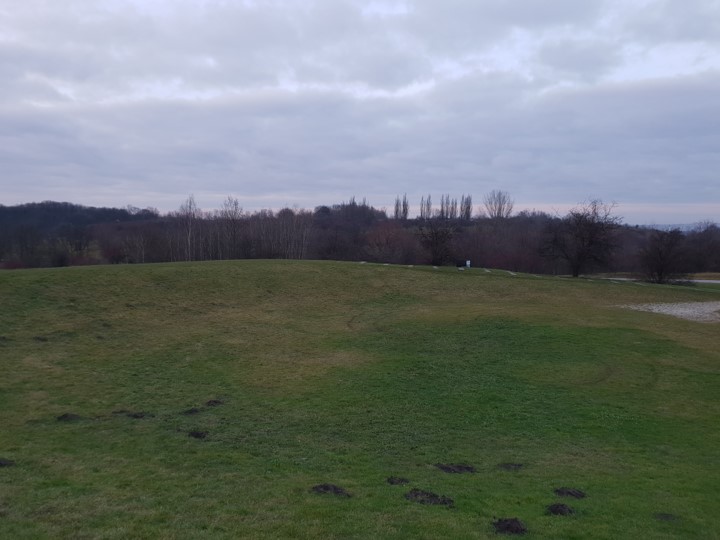


Photo: Ronel Koekemoe

Photo: Ayanda Nxusani

Photo: Ronel Koekemoer

Tshegofatso Masenya:
“No matter how many articles I could have read, nothing could have ever prepared me for what would unfold on the trip. The terror, the horrors and the pure evil that came out of the Nazi regime was something that weighed heavily on me every morning and stayed with me every night.”
Muziwakithu Maseko
“We went to the camps during the beginning of winter in Europe and we were already freezing. This made me imagine how horrendous the weather must have been for the prisoners. Inside temperatures would often go to below freezing.”
Cassandra Da Cruz:
“Row after row of barracks-come-museums [at Auschwitz I] teemed with tourists from all over the world. I found the pace at which we moved through the buildings daunting, despite this being off -peak season”.
“I found our visit to the Plaszow memorial incredibly stirring – despite the lack of photo-ready structures and camp artefacts. The limestone memorial erected by survivors – the very stone quarried by inmates – meant more to me than the curated camp complexes. The juxtaposition of this with the Soviet-era memorial was my first encounter of the Soviet post-WWII message – which felt cold and empty. It led me to wonder how do modern Poles remember the Shoah, is it the remnants of the Soviet message to blame the Nazis alone, are they separate victims of the Germans with no accountability, or do they believe in a holistic view of being both victims and perpetrators?”
Nicole Jones
“[At Plaszow] Sheer nothingness. Only emptiness and erasure. Were it not for the looming Soviet-era memorial and a few others dotting the sparsely wooded hills and fields, Płaszów and the concentration camp it once was would be invisible to the modern eye.”
Kuhle Mnisi
“My turning point of this trip was the visit to Chelmno in Poland. The emptiness of the place which did not even have buildings or any other tourists on site was the most diffi cult aspect.”
